|
Click on
pictures to enlarge
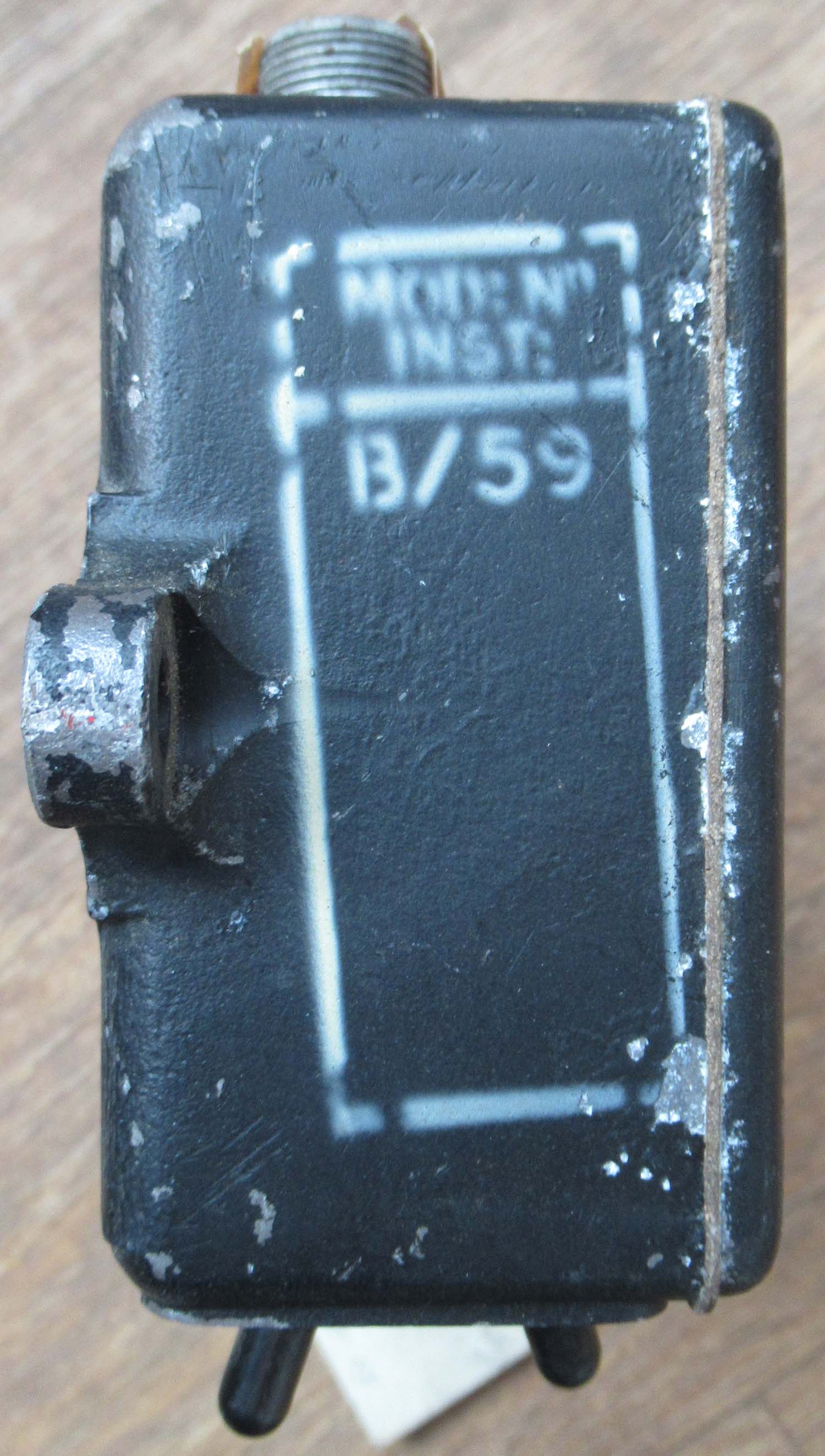
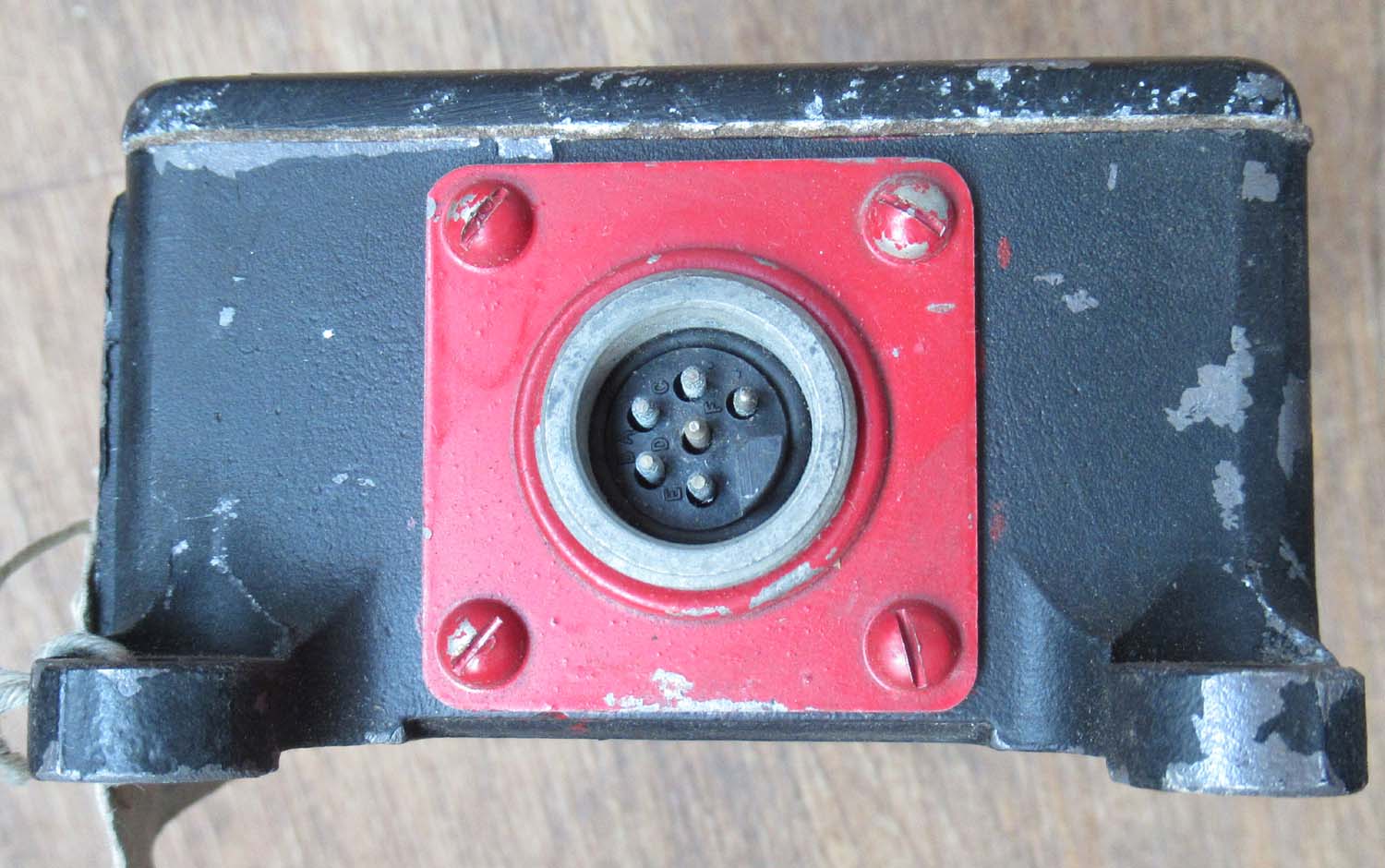 |
MK II Control
Panel (No 31 Pg 1 Rad)
Here we have...
Ref No:
6B/304
Serial No:
192/51
Click on
pictures to enlarge
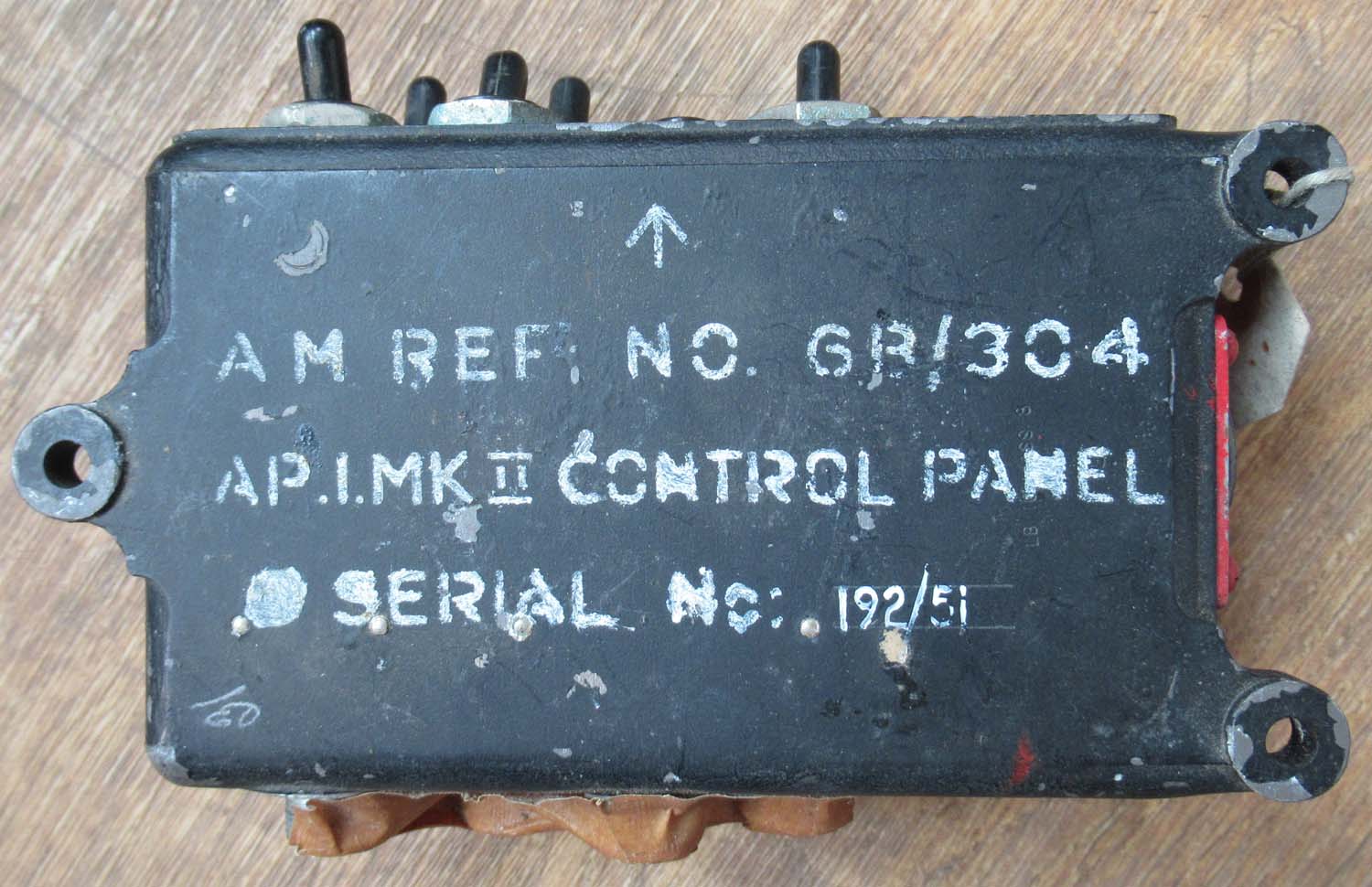
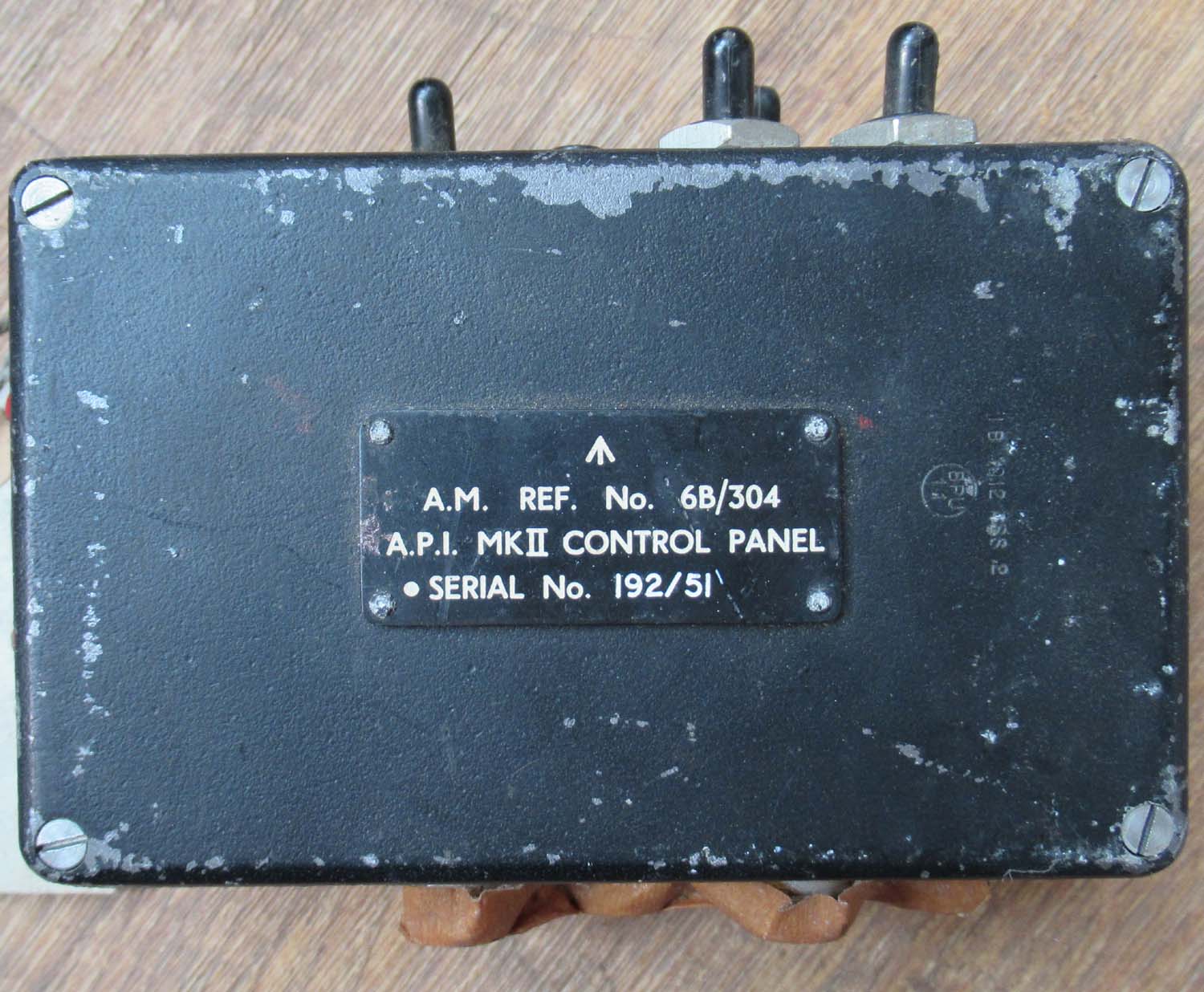
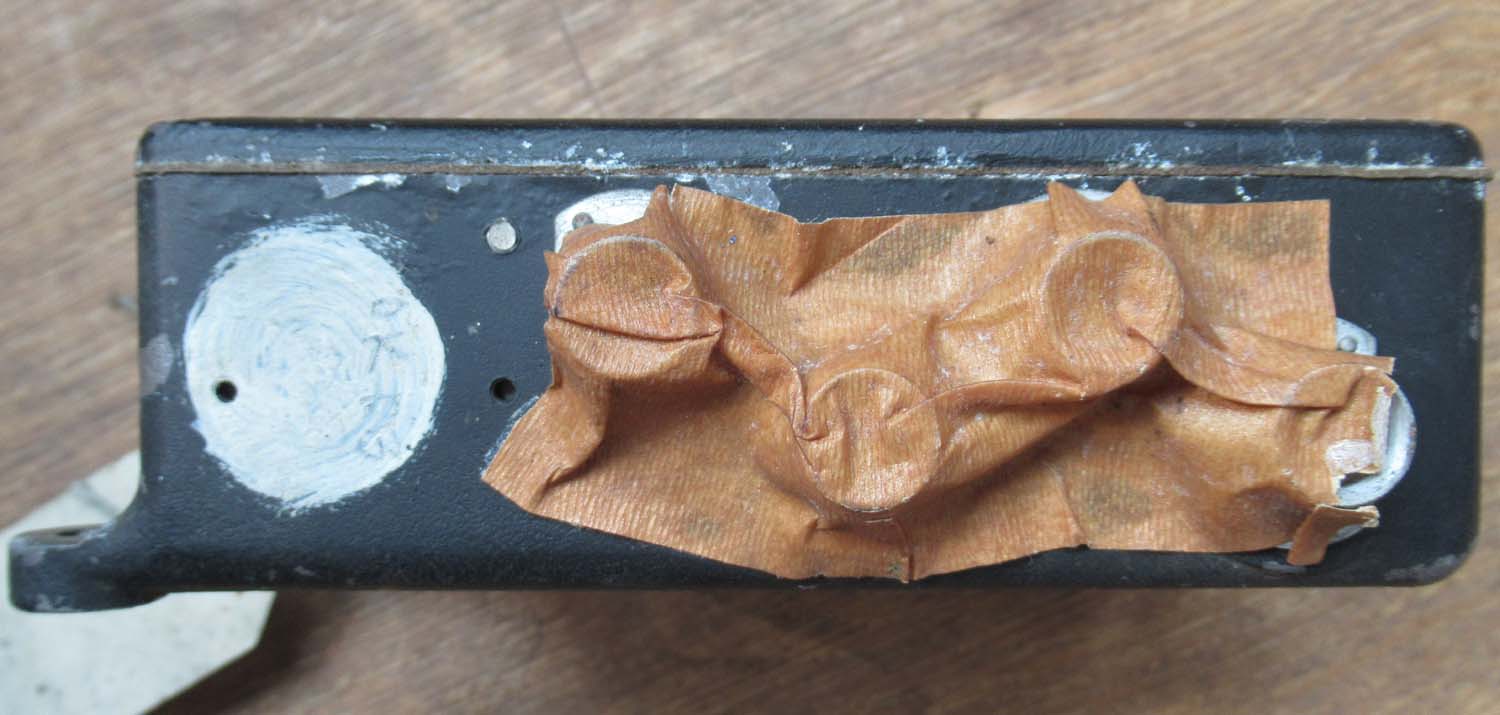
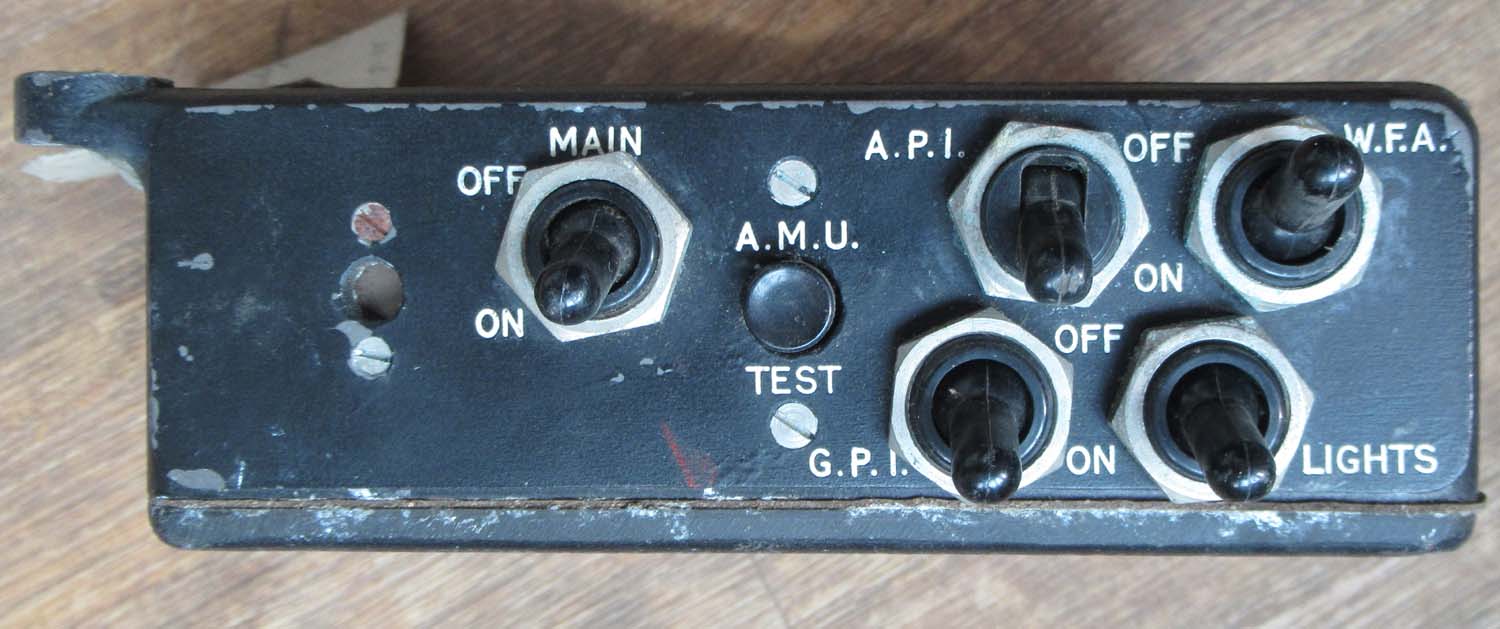
£350


|
|
Click on
pictures to enlarge
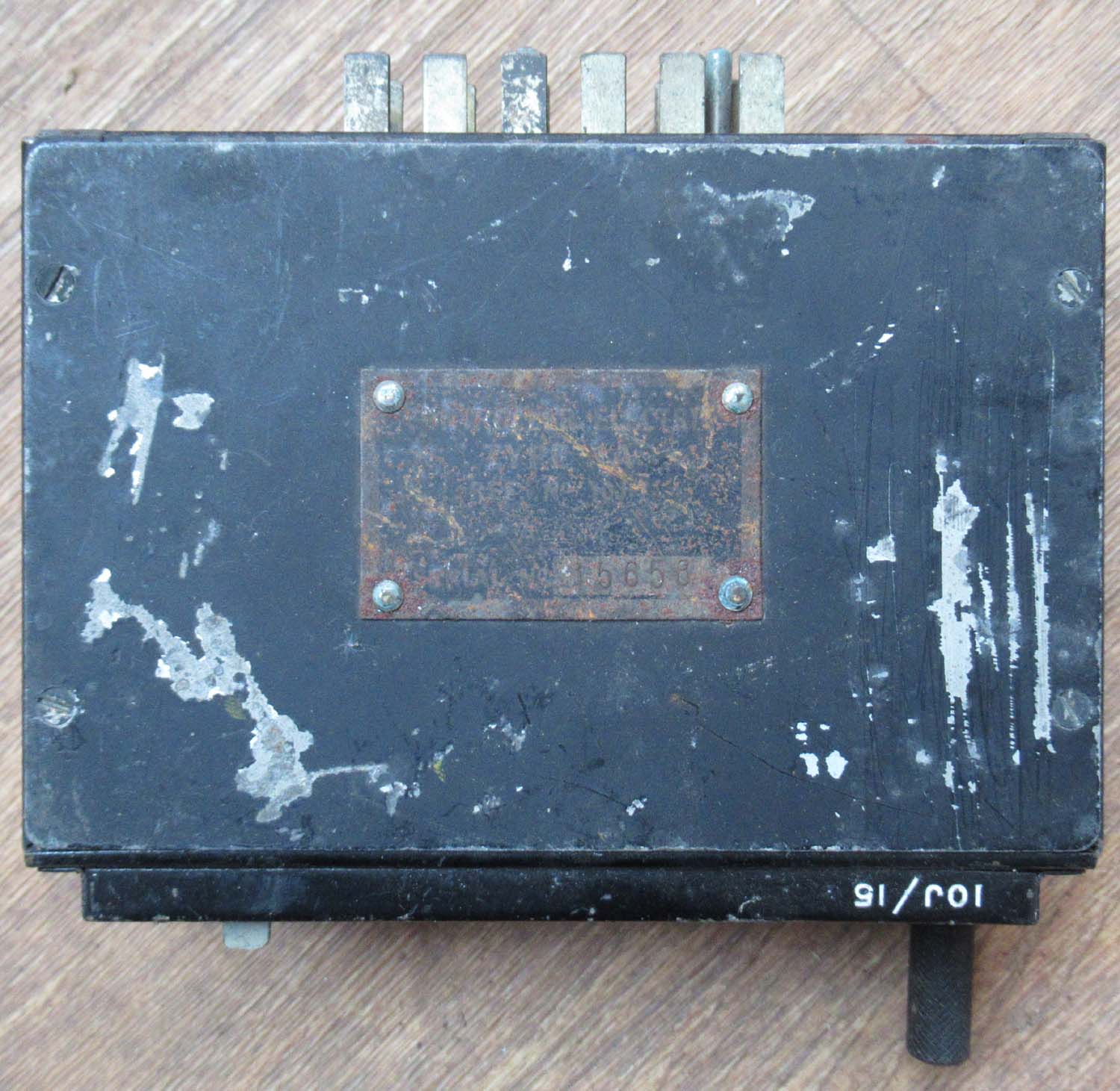
£350


|
Spitfire Fighter Type
4 Radio Tuner
(No 25 Pg 1 Rad)
A nice
original example of a Type 4
radio tuner used in the Spitfire, Hurricane and other
Wartime RAF fighters.
Ref No:
10J/15
Click on
pictures to enlarge
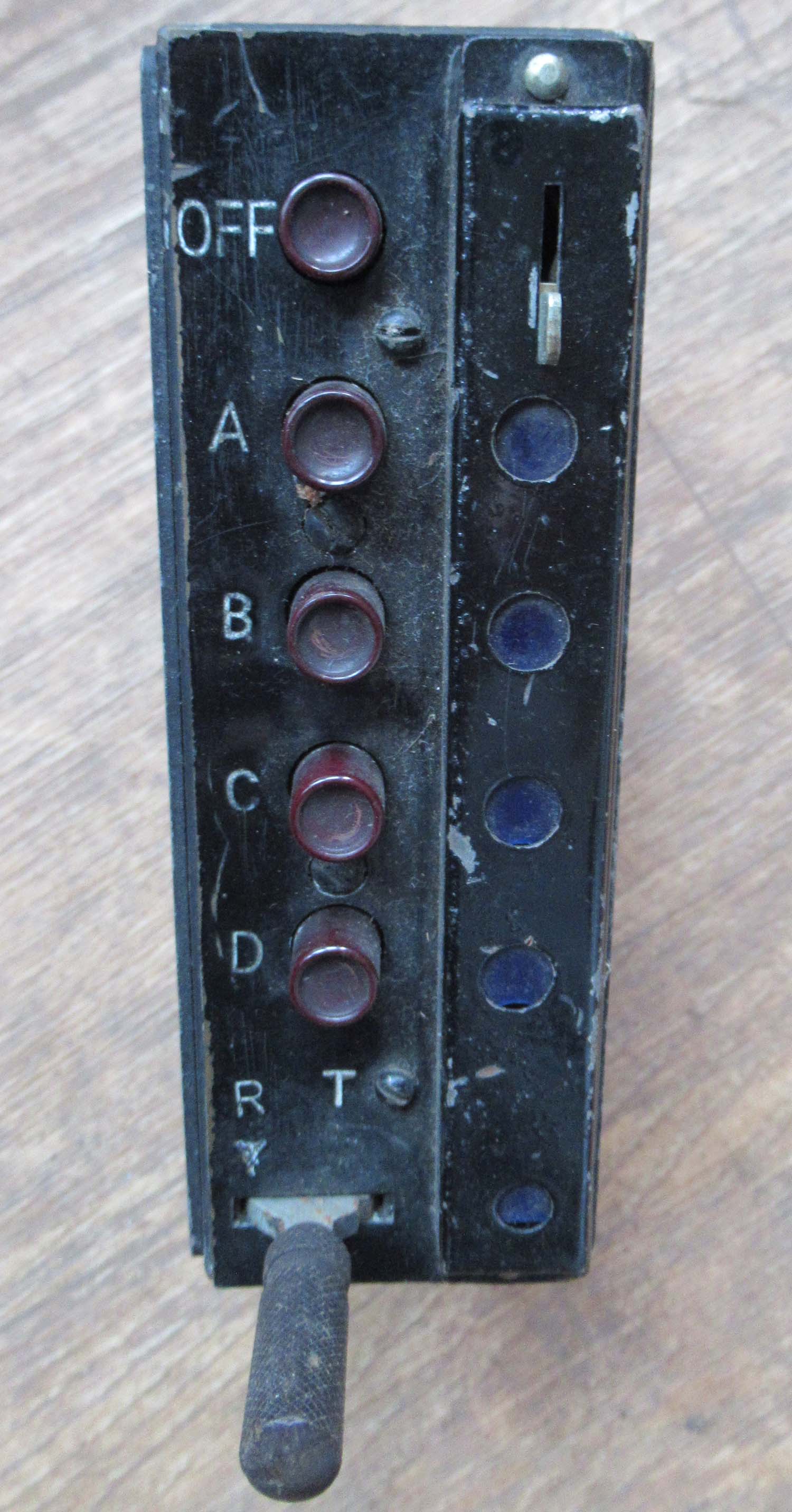 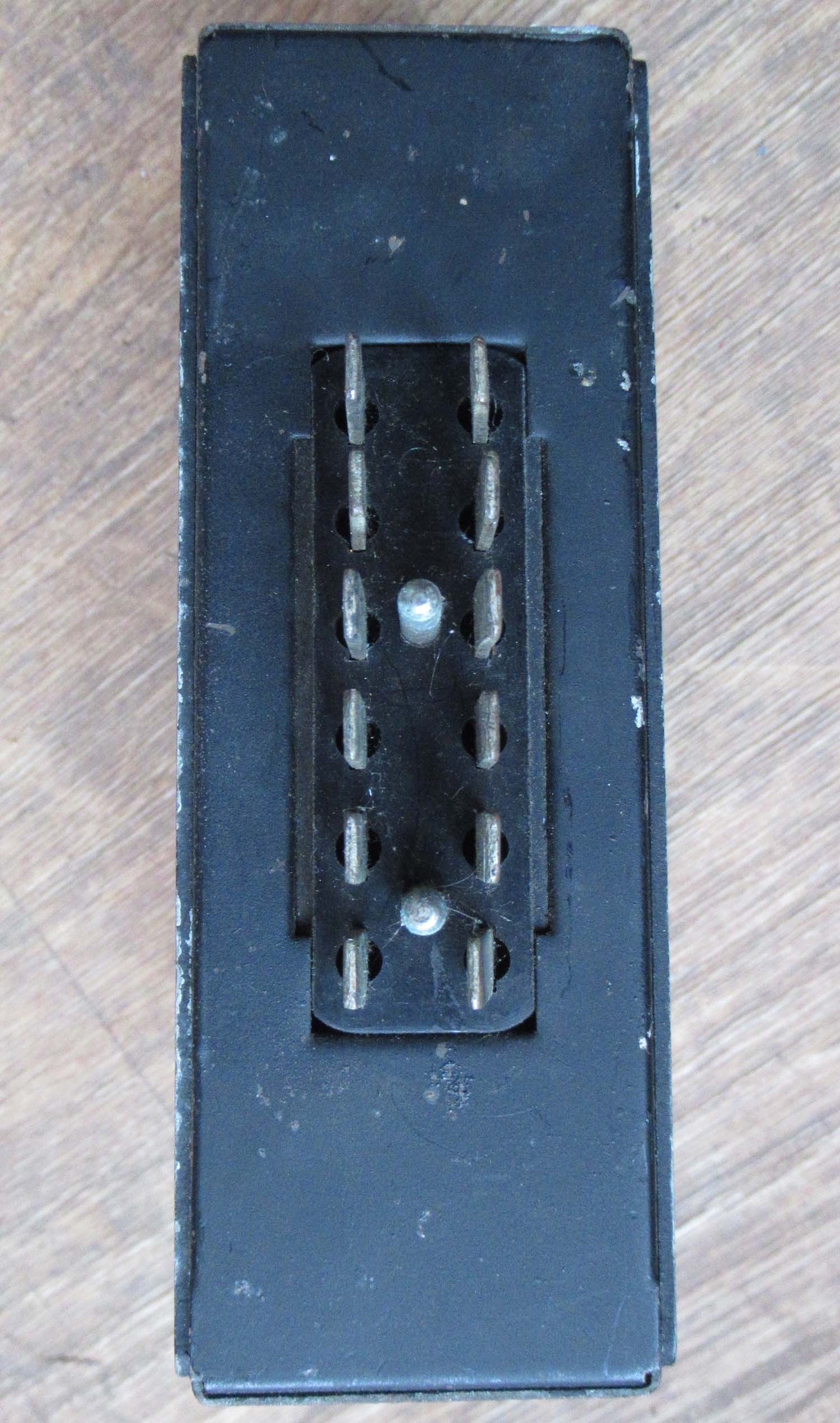
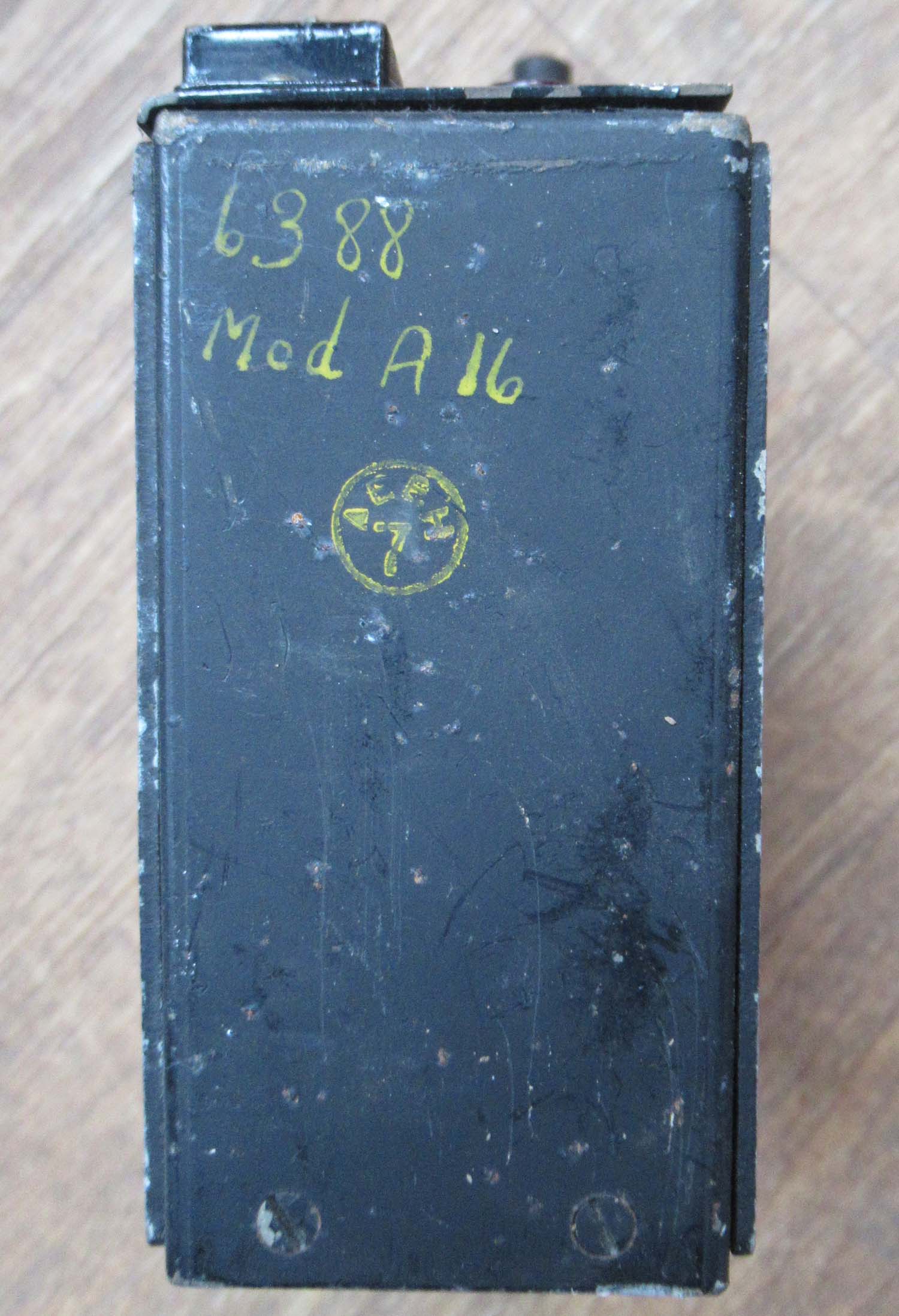 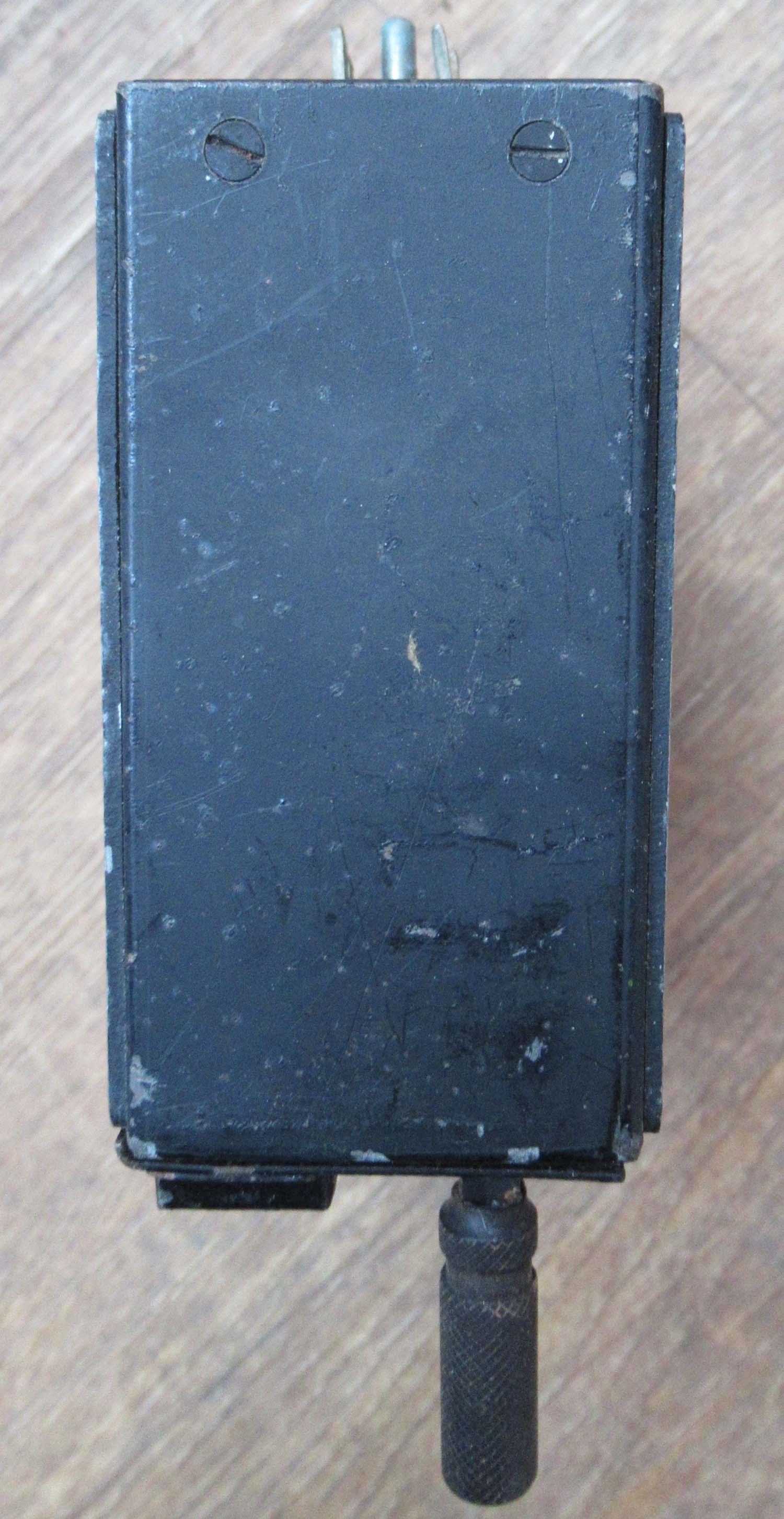
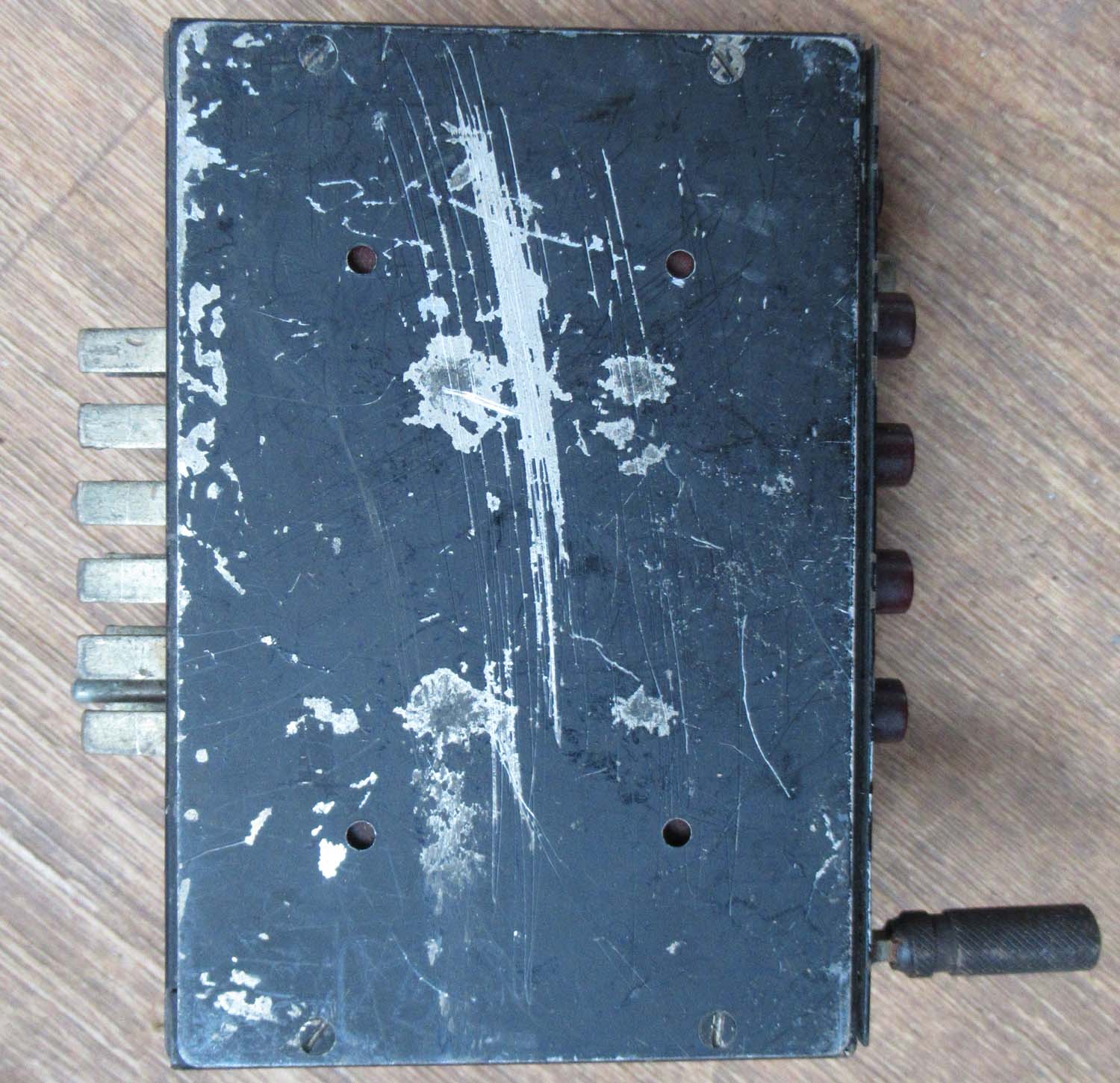
|
|
Click on
pictures to enlarge


 |
GEE 374919 (No
14 Pg 1 Rad)
Here we have
a GEE.
No:
374919
Click on
pictures to enlarge
 








£195


|
|
Click on
pictures to enlarge


 |
Identification Light Morse Key 1 (No 8 Pg 1 Rad)
A nice original
identification
morse key in good condition. In the Spitfire it was fitted to the RHS of
the cockpit.
The Lancaster had two fitted to the main instrument
panel. This is the
second pattern Bakelite version.
Ref No:
5C/372
Click on
pictures to enlarge

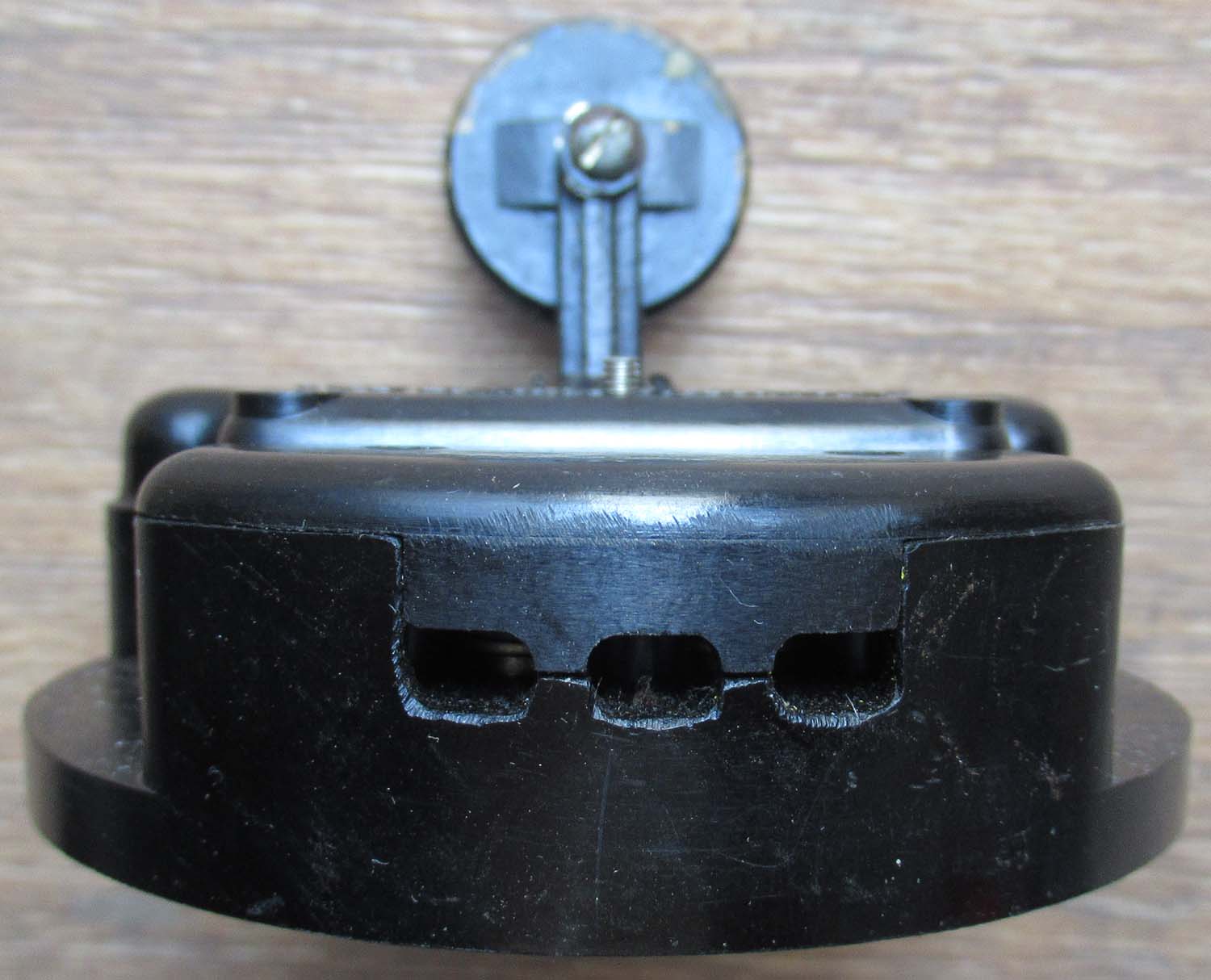
£235


|
|
Click on
pictures to enlarge
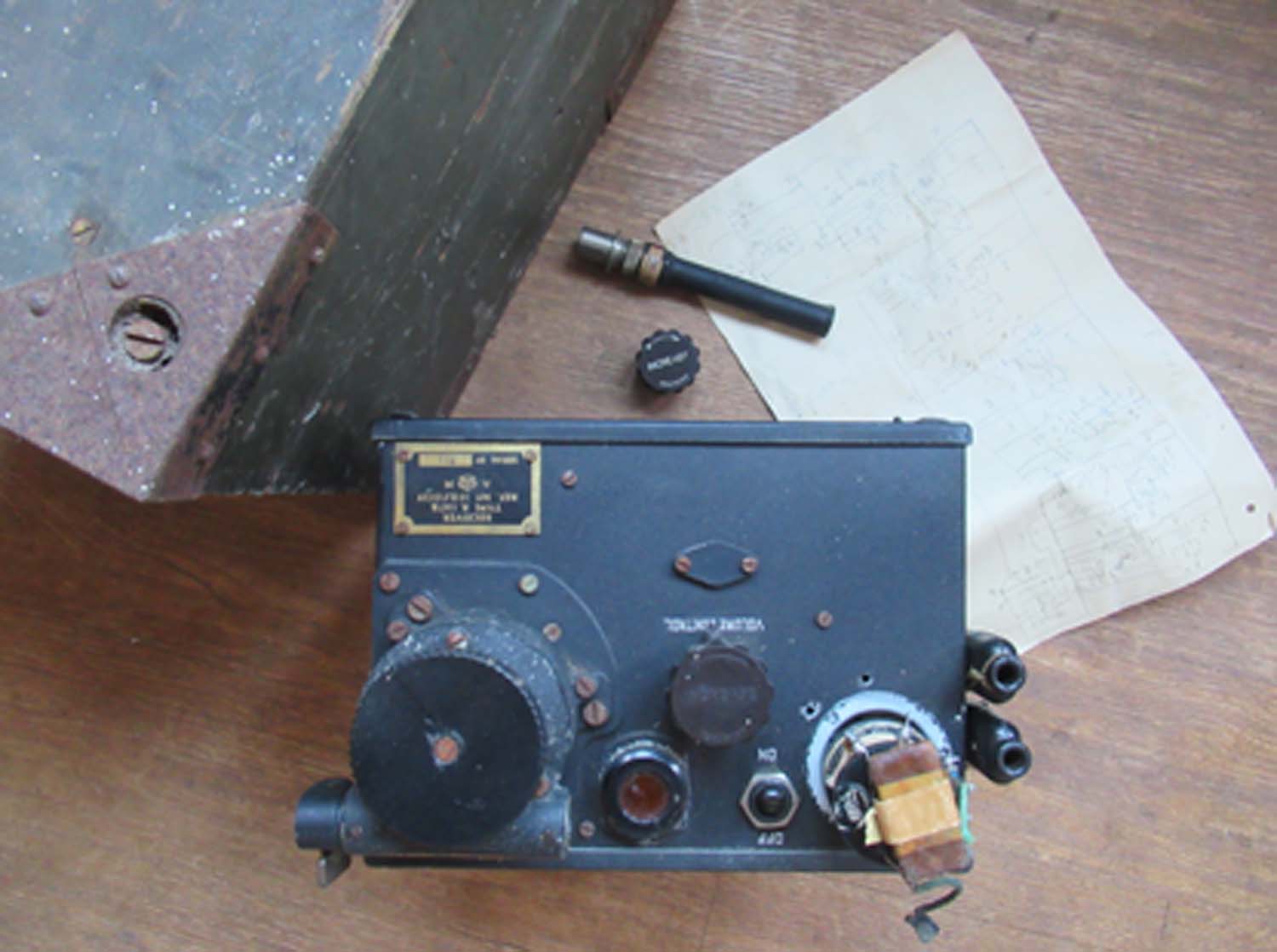
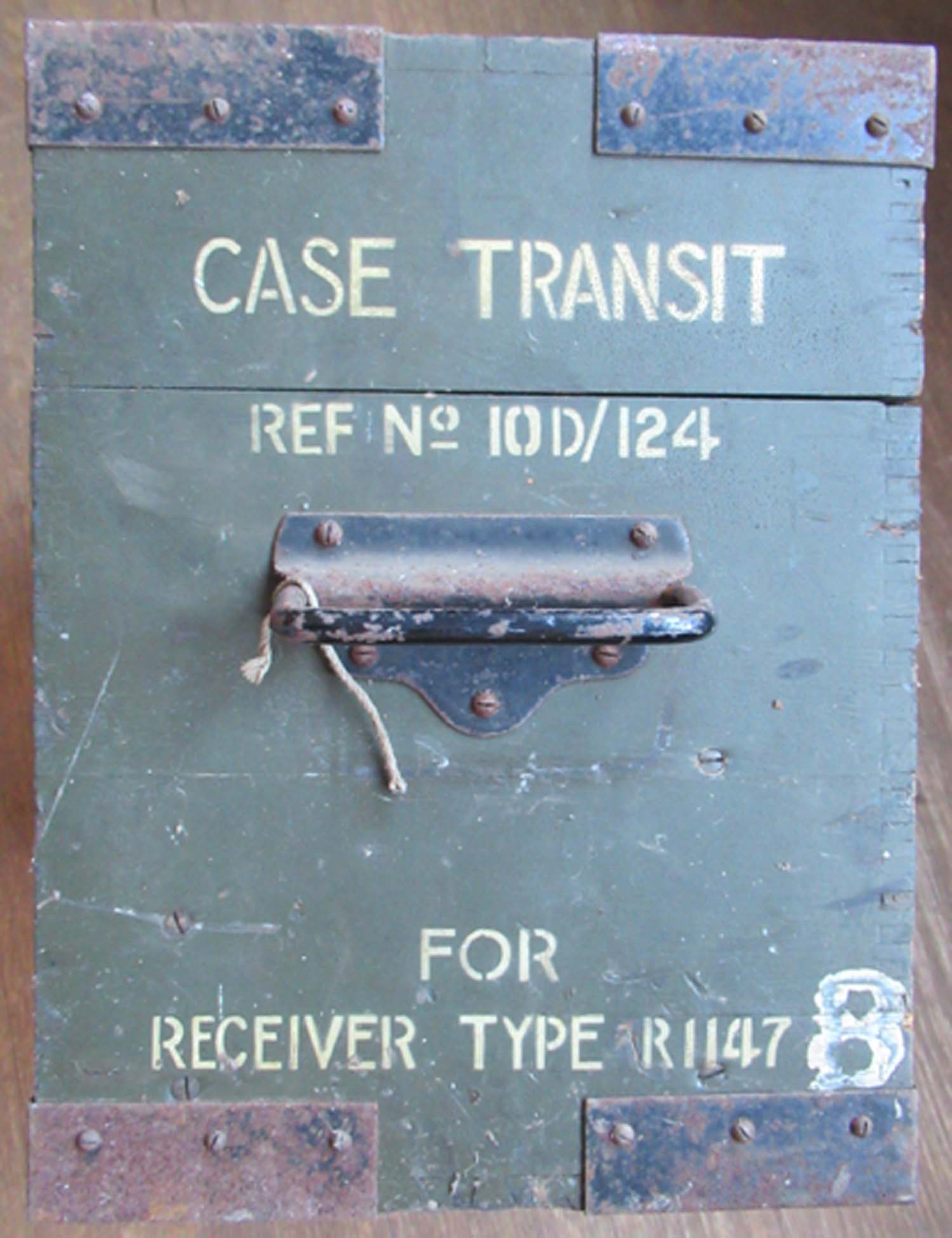
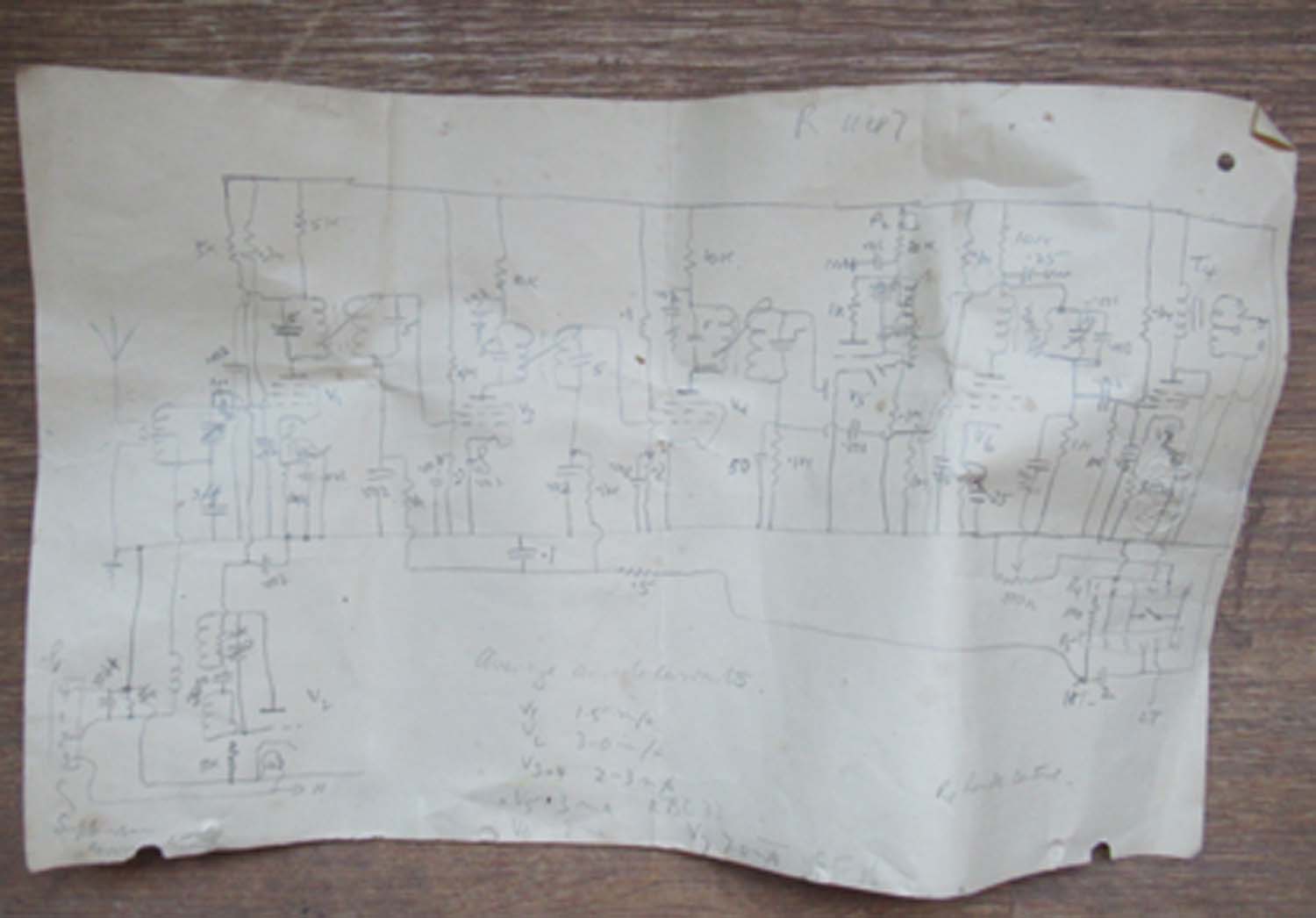
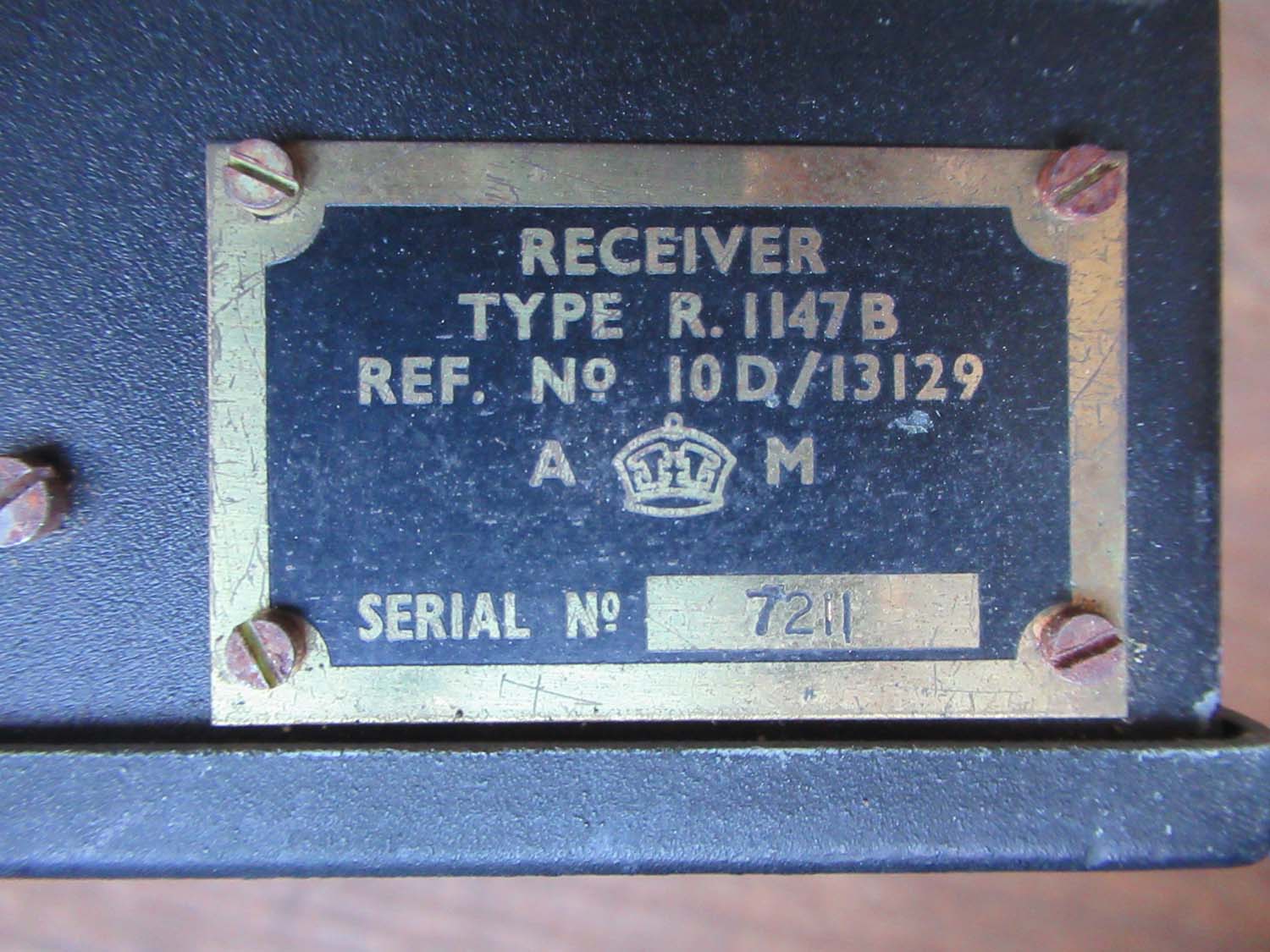
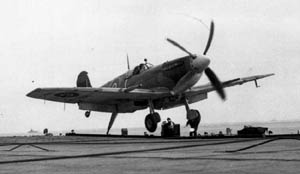
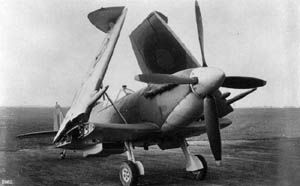
|
Supermarine Seafire
Radio R1147B
(No 1 Pg 1 Rad)
R1147B
Radio receiver as used in the Seafire
A/M 10D/13129
Here is a radio receiver used in the
naval variant of the Spitfire the Seafire.
Appears to be in
serviceable condition, complete in its original transit case. The frequency knob is
removed for transit but is included. It also comes complete
with its mounting tray. This receiver is tuned with a
winding handle inside the LHS of the Seafire cockpit
which are available on the radio pages.
You can read more about radios on
page 10 reference
section.
As early as 1938,
Supermarine had approached the Admiralty with a specifically
designed Naval version of the Spitfire.
However, due to
circumstances beyond their control, the Admiralty ordered
the Fairey Fulmar as the new aircraft of the Fleet Air Arm.
In February and May 1940 the Admiralty asked the Air
Ministry for Spitfires but on both occasions they were
turned down.
The Admiralty's need for a
capable carrier-based fighter to take up the task of
combating Japanese Zero's or Messerschmitt this need
eventually led to the Fleet Air Arm being provided with a
modified Spitfire to take up the combat roll.
As far as I am aware every
single Seafire ever produced was made at Westlands in Yeovil
Somerset which still exists as a Hellicopter factory.
Click on
pictures to enlarge
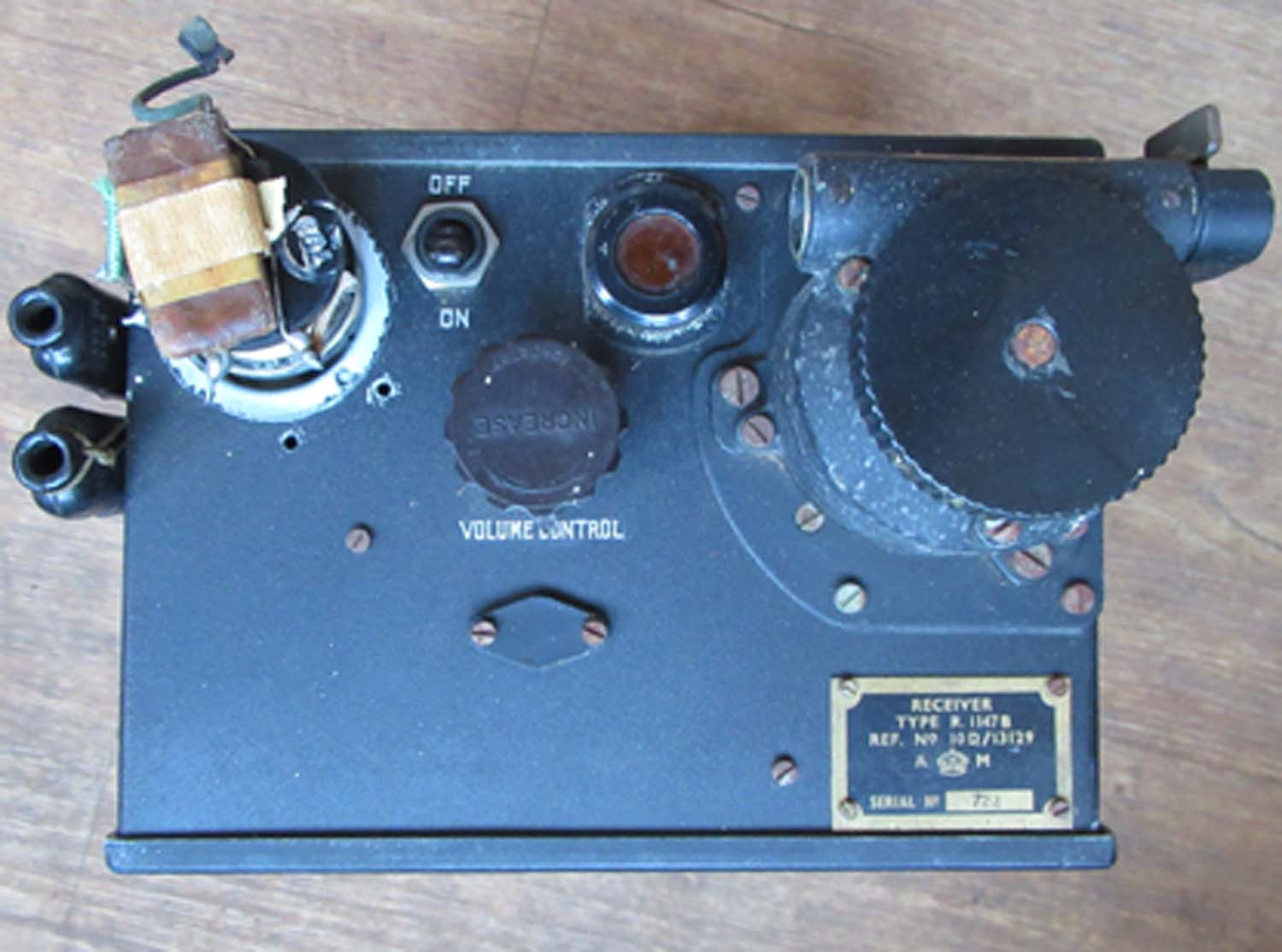
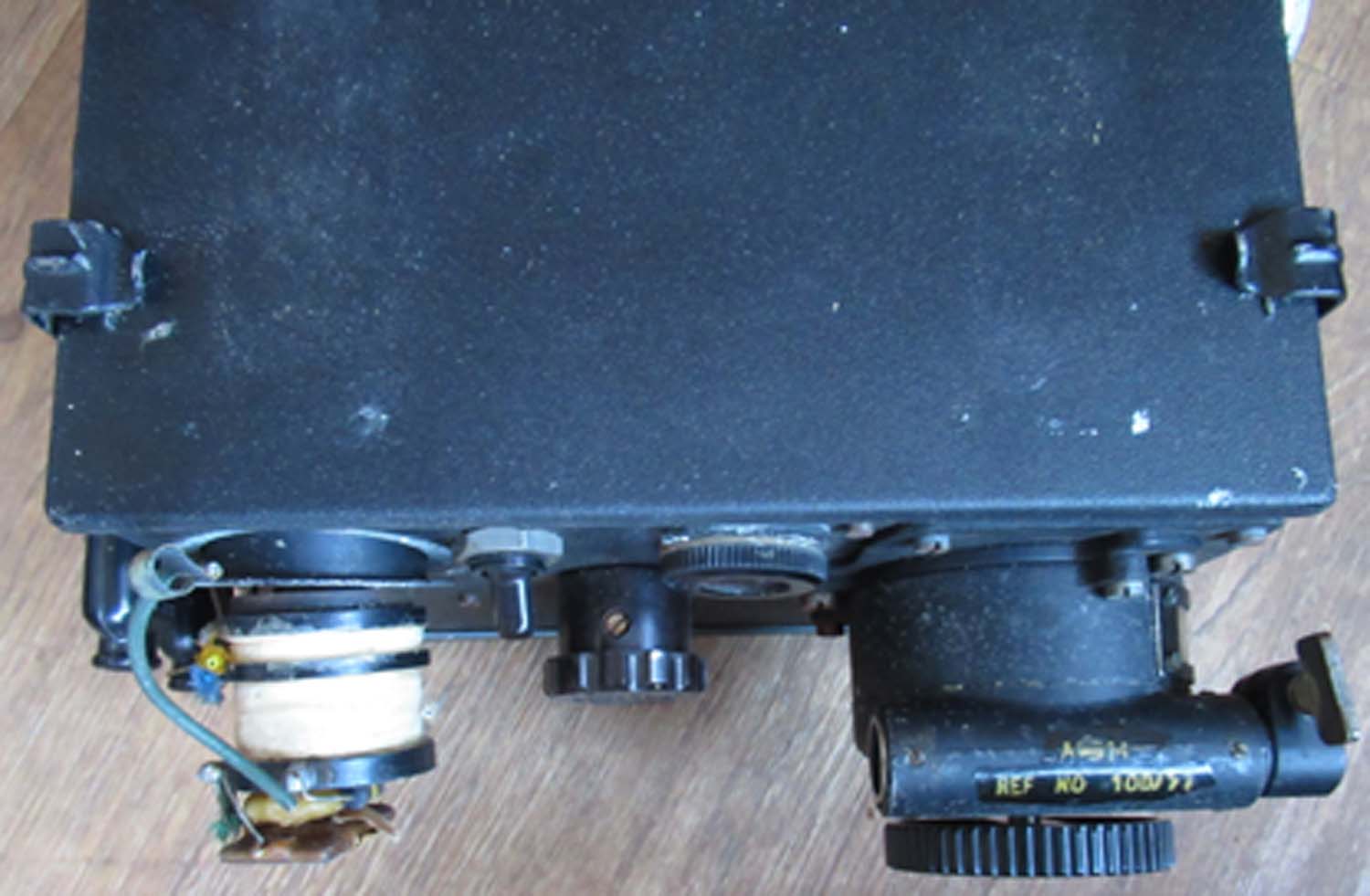
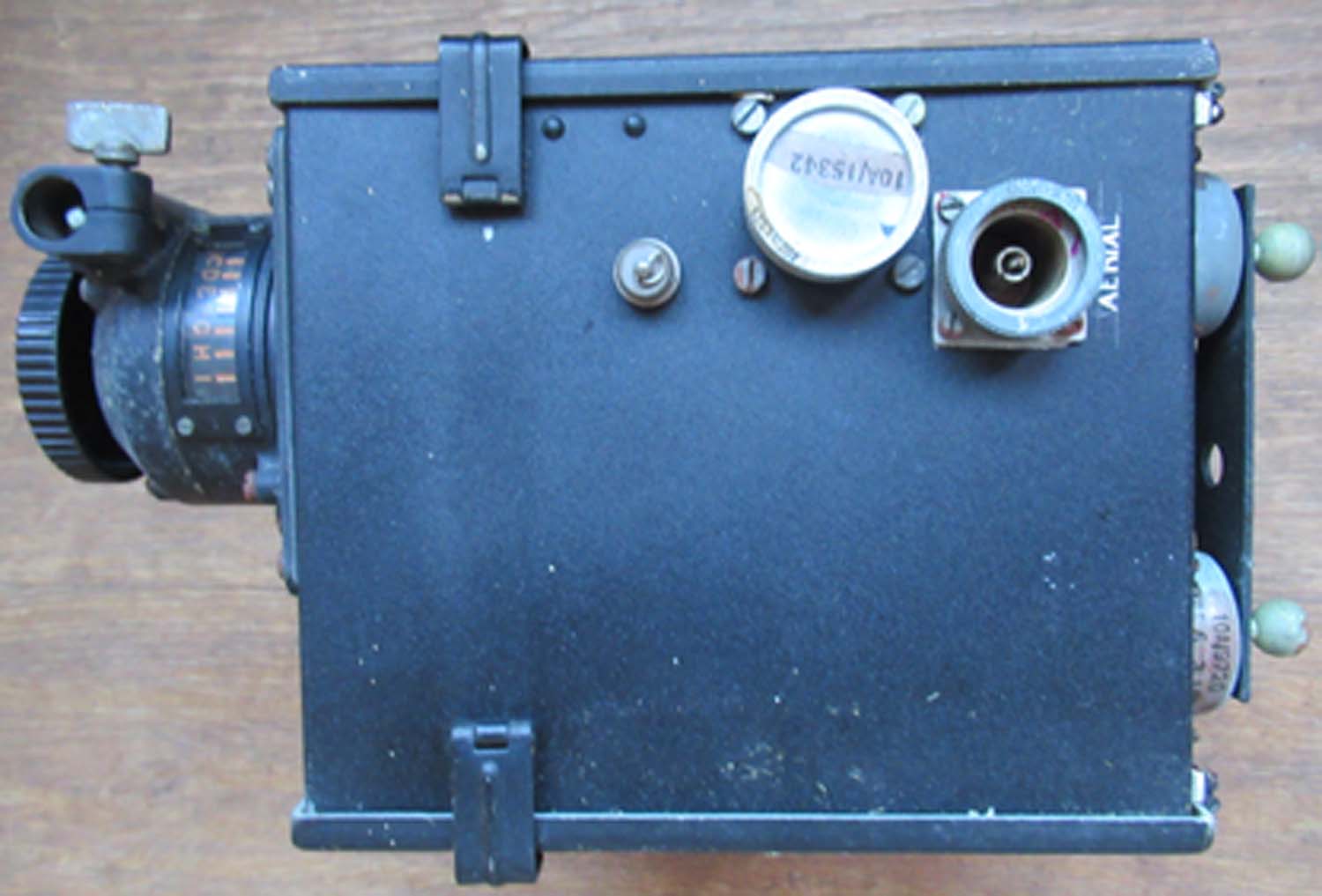
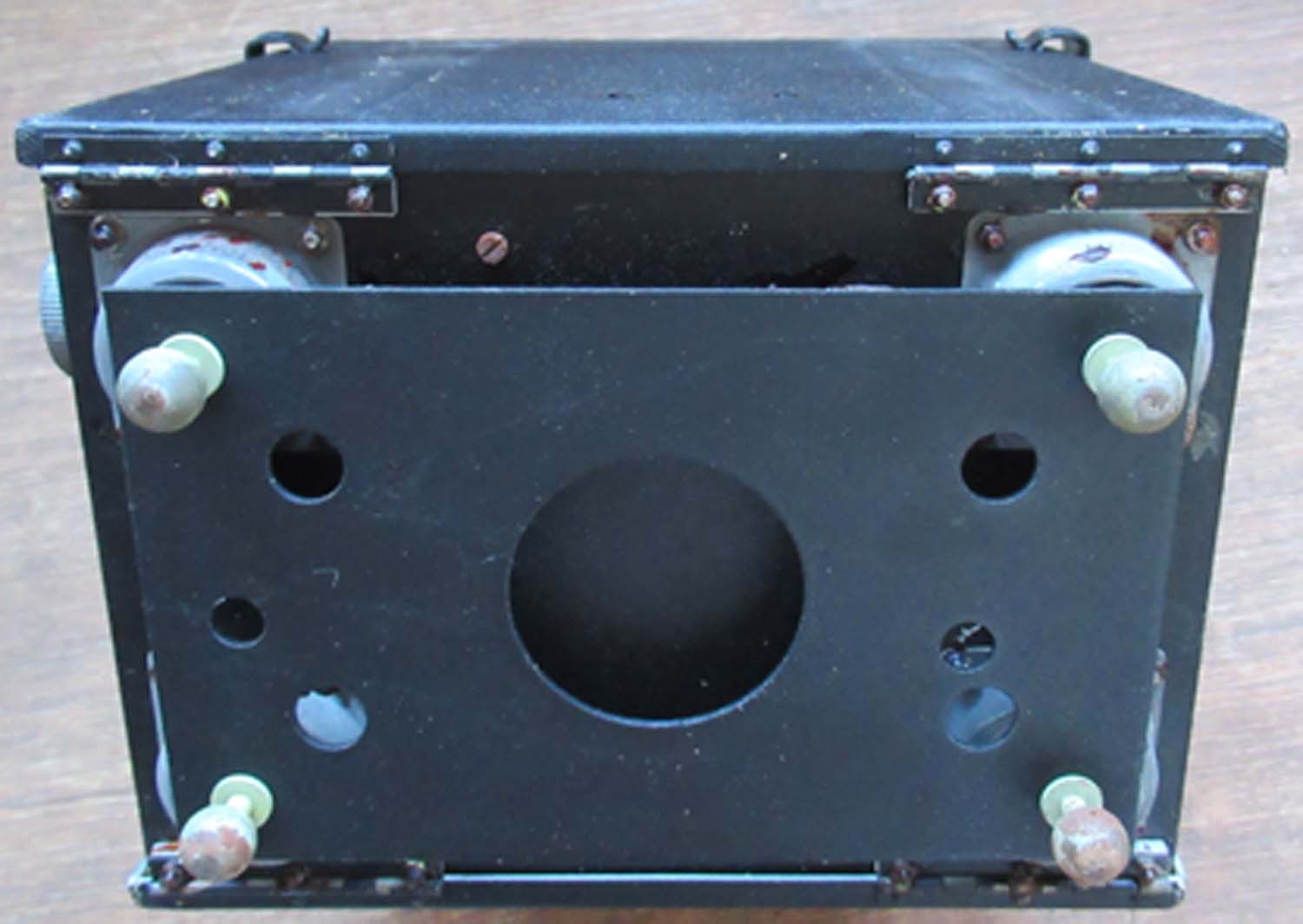
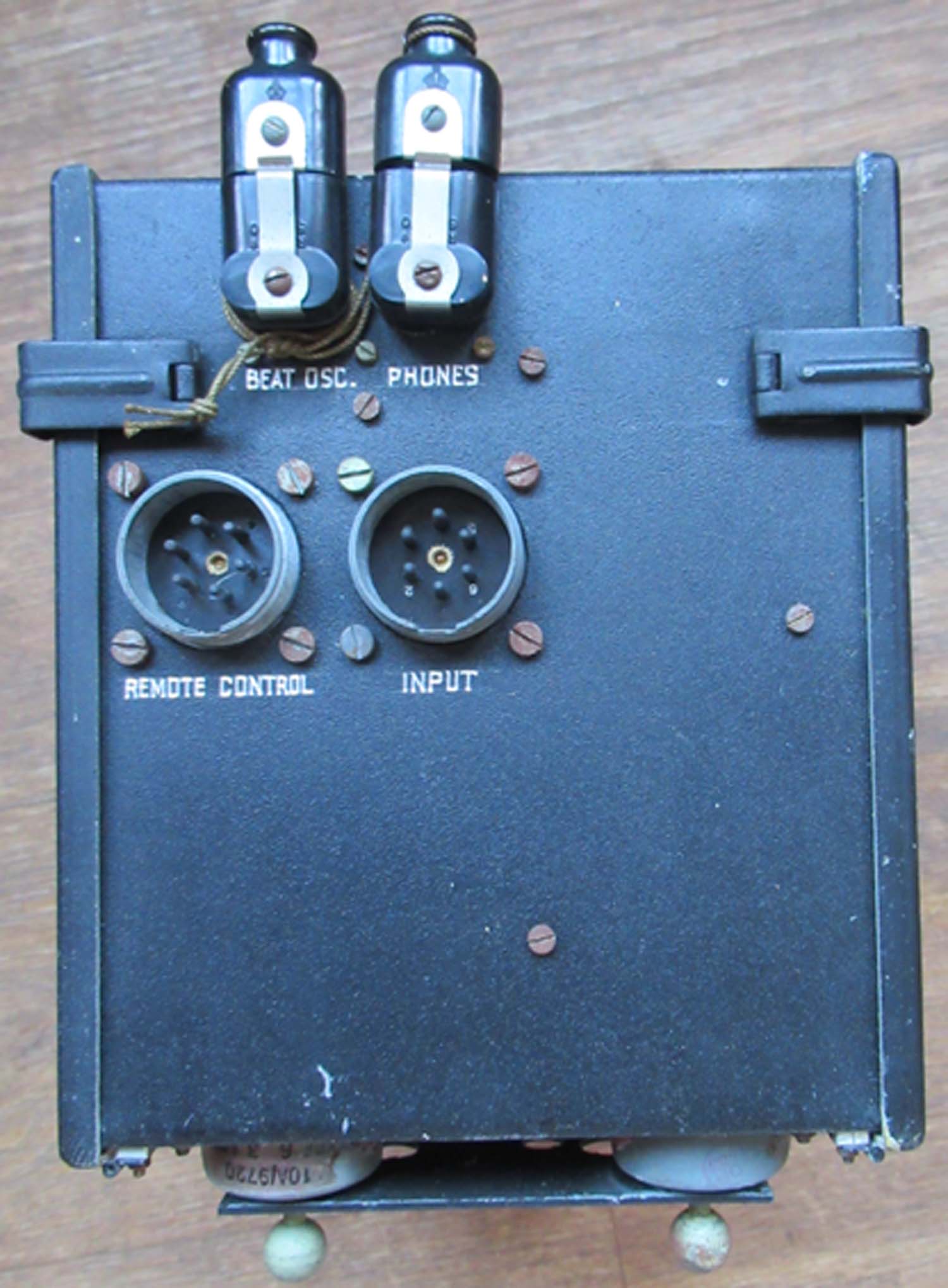
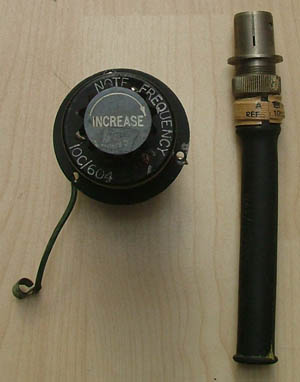
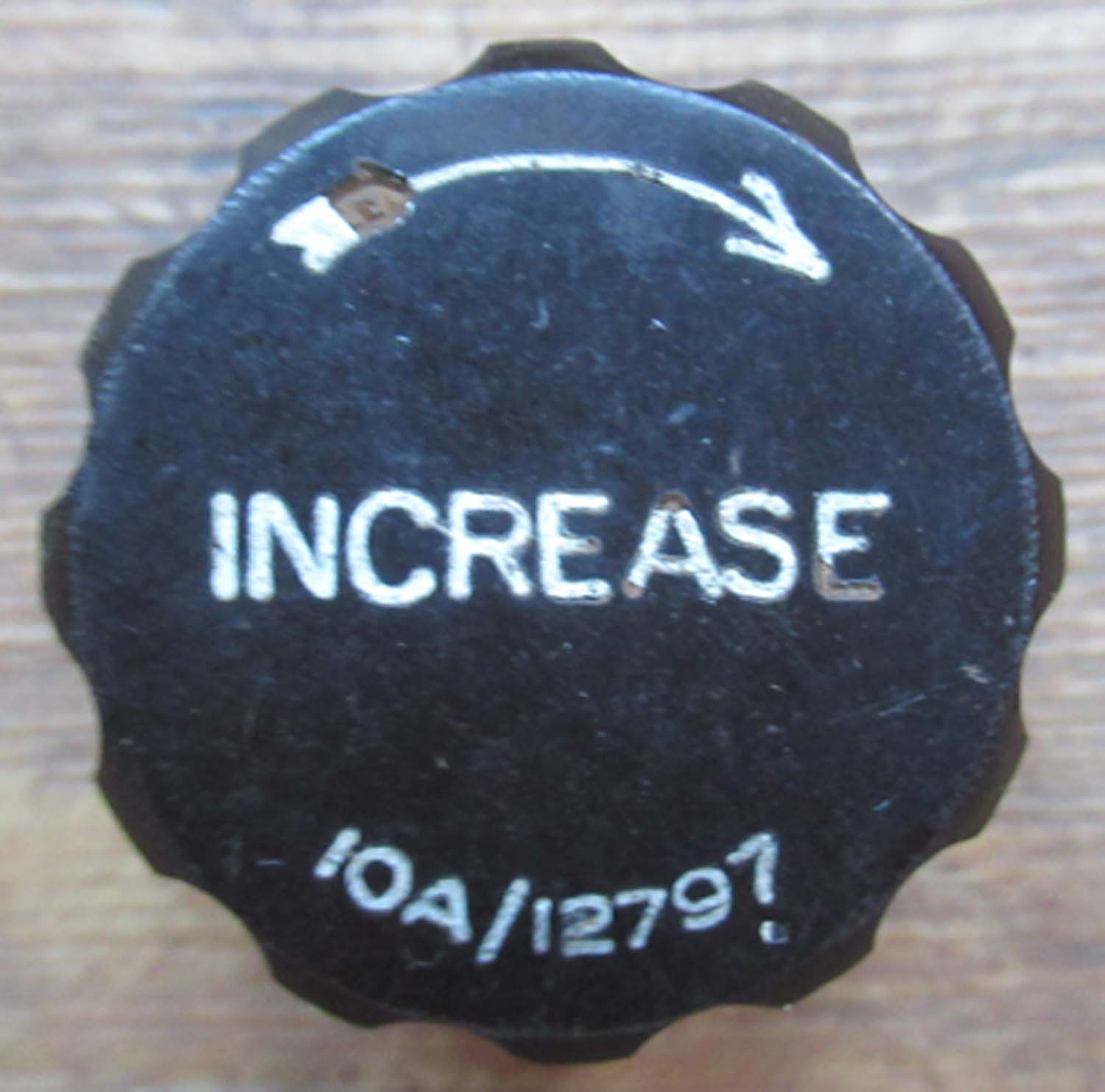
£850


Overseas buyers please
contact us for a shipping quote
|
|
Click on
pictures to enlarge


 |
Airspeed Oxford
Radio Operators Navigation Table (No 30 Pg 1 Rad)
This is a pretty rare find being an original
radio operators/navigators table.
Its obviously not in the best of shape and needs some
restoration, the honeycomb plywood writing table needs
attention but this will make a worthwhile project. The table
has an AS number indicating its made by Airspeed and almost
certainly Airspeed Oxford. It still has the fittings for the
headphone connection.

The Airspeed Oxford prototype first flew
on 19 June 1937 . When it entered service with the Central
Flying School in November of that year it became the Royal
Air Force’s first twin-engine monoplane advanced trainer.
The first Oxfords were intended for all aspects of aircrew
training including gunnery and had an Armstrong Whitworth
dorsal gun turret fitted. The turret was removed from later
versions and they were used mainly for pilot training. In
addition to their main role as trainers Oxfords were used as
air ambulances, communications aircraft and for ground radar
calibration duties.
It saw widespread use as an advanced trainer in the United
Kingdom, Canada, Southern Rhodesia, Australia, New Zealand
and the Middle East and in 1951 they received a new lease of
life as Flying Training Command expanded to train National
Service pilots.
£ 495


Buyers please
contact me for a shipping quote
|
|
Click on
pictures to enlarge
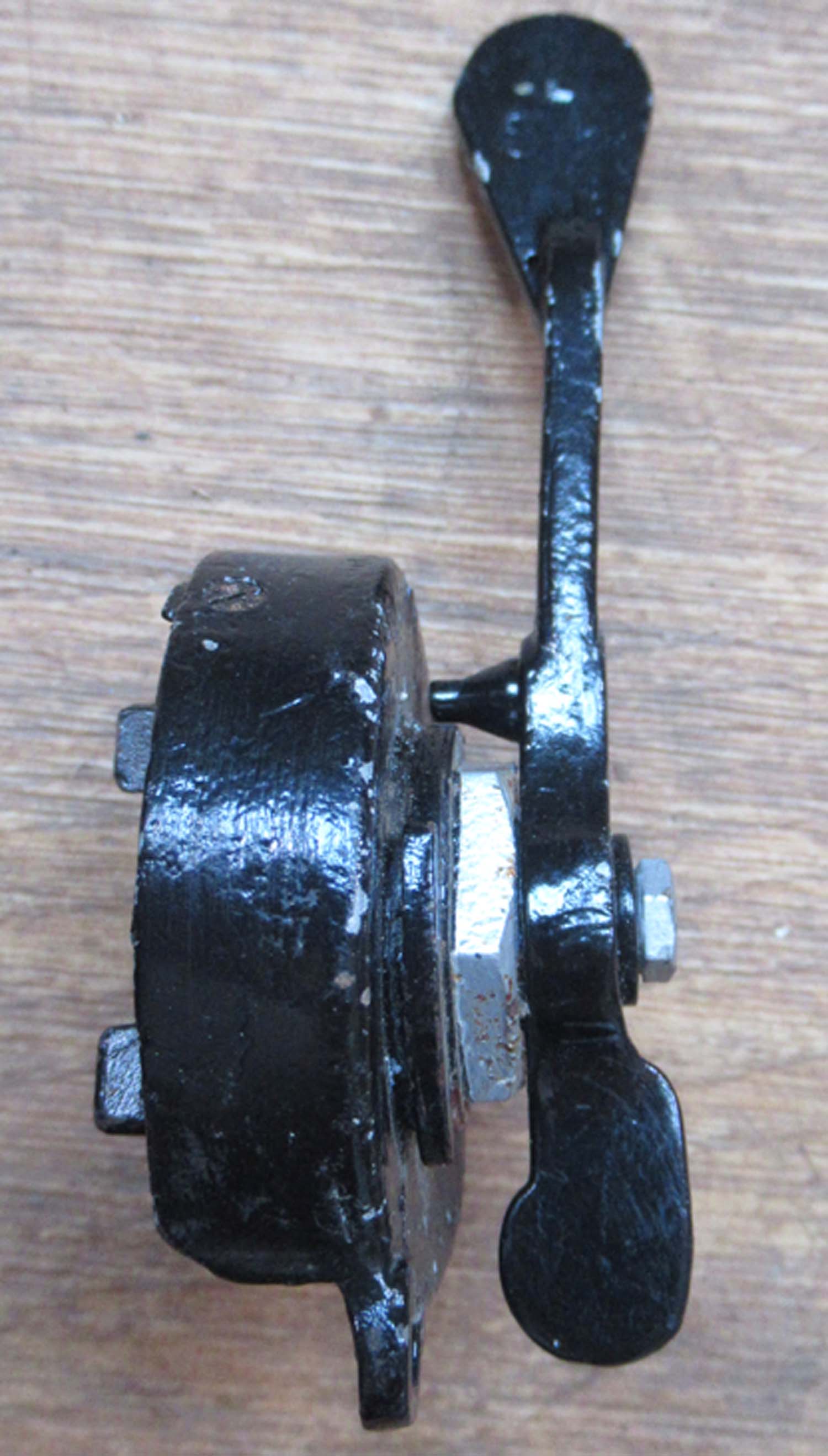
 |
TR9D Control
Lever (No 29 Pg 1 Rad)
Very rare send/receive control lever from
TR9 radio. Restored relic condition.
Used in Spitfires and
Hurricanes fitted with the TR9. Does not function for display only.
Click on
pictures to enlarge
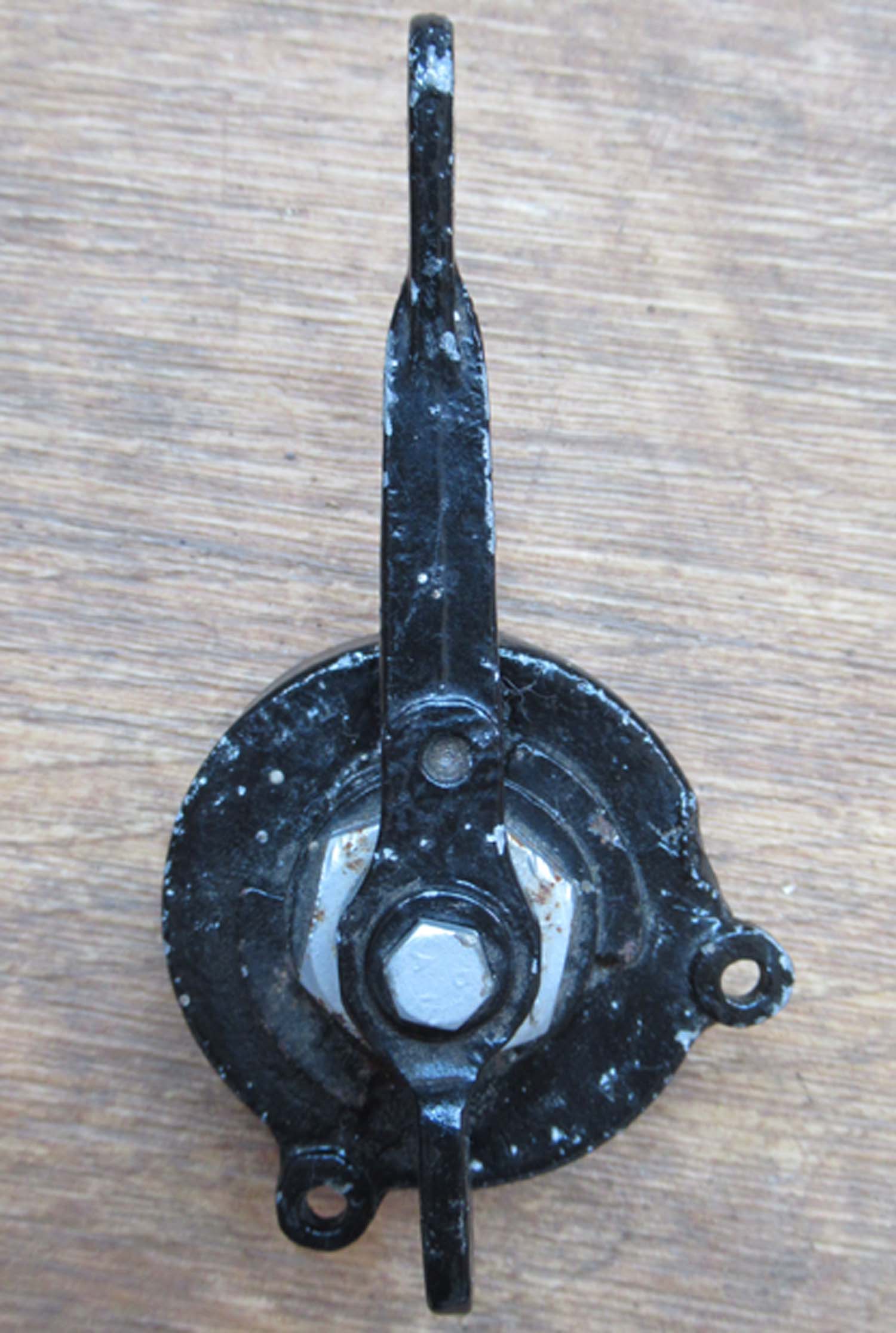
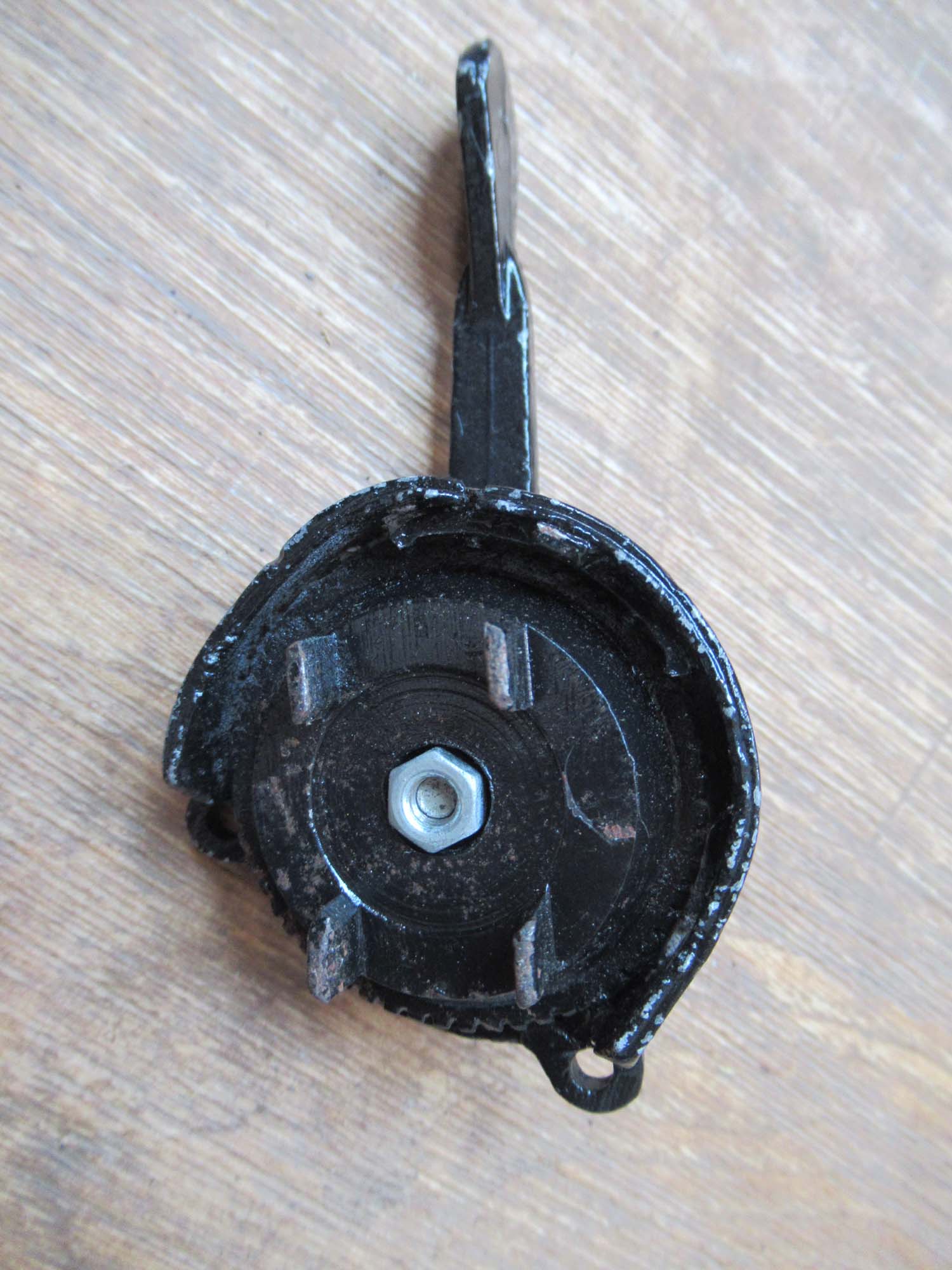
£125


See reference section
for radio info
|
|
Click on
pictures to enlarge


 |
RAF Portable Telephone
Exchange (No 28 Pg 1 Rad)
Here is a portable RAF
telephone exchange dated 1942. For use in the field.
This unit is well used, in original condition and
appears to be complete.
Also
used by searchlight crews and observation posts during
WW2.
Click on
pictures to enlarge


Three available in similar condition
£175
each


|
|
Click on
pictures to enlarge



 |
Wavemeter Type
W1191A (No 27 Pg 1 Rad)
Here we have
a Wavemeter in beautiful condition and in original
box. Also comes with Calibration chart, and a few original spare valves.
W1191
or W1191A
Serial No
2566
Ref No
10T/612









£495


Overseas buyers please
contact me for a shipping
cost.
|
|
Click on
pictures to enlarge
 |
Type E Suppressor
(No 26 Pg 1 Rad)
In unopened
packet. Several available.
5C/2839


£25


|
|
Click on
pictures to enlarge


£695


Overseas buyers please
contact me for a shipping
cost.
|
R 1155 A Halifax
Radio Receiver (No 24 Pg 1 Rad)
This really is a superb
example of the R 1155 A radio receiver , this particular
model being suffix A was only fitted to the Halifax
Bomber.
I have never seen one
in its original transit case and it appears to be
completely original without any post war modifications
by amateur radio hams. Please enlarge all the pictures
to asses its excellent condition.

Shown above the Halifax Bomber.
The Halifax with the Lancaster shared the major burden
of Bomber Commands night bombing campaign against Nazi
Germany. Unlike the Lancaster, which only served as a
bomber during the war, the Halifax was used extensively
on other duties including glider-tug, agent dropping,
transport, general reconnaissance and in Coastal
Command. It was the second British four-engine bomber to
enter service in WWII. The first Halifax to bomb Germany
took part in a raid on Hamburg on 12th and 13th March
1941. Due to mounting losses of Halifax bombers they
were restricted to less hazardous targets from September
1943. However, between 1941 and 1945 the Halifax made
over 75,000 bombing sorties and dropped 227,610 tons
(231,300 tonnes) of bombs, more than a quarter of all
bombs dropped on Germany by the RAF. The Halifax was
being replaced as a front line bomber in 1945 but it
continued in service with Coastal and Transport Commands
after the war. The last operational flight was made by a
Coastal Command Halifax in March 1952 while operating
from Gibraltar.
Click on
pictures to enlarge







|
|
Click on
pictures to enlarge

 |
Spitfire Radio
Tuner
2 (No 23 Pg 1 Rad)
A/M 10J/7
Here
we have a radio tuner as fitted to Spitfires, Hurricanes and
probably other RAF fighters.
It was made for use in RAF Fighters. It is
good original condition
the buttons all work as they should and the lever switch
moves. Fitted to the LHS of
the Spitfire cockpit seen in situ below.

Click on
pictures to enlarge


£325


|
|
Click on
pictures to enlarge


 |
R 107 Reception
Set ZA 3050 (No 22 Pg 1 Rad)
This
R 107 is a high grade general purpose HF communications
receiver intended for use in vehicle or ground stations.
It operates with its own built-in PSU from 12
volts DC, or 100 to 250 volts AC, with an internally chassis
mounted switch to change over supplies. An internal
loudspeaker is fitted with sockets for headphone output.
It is a large and heavy set weighing in at
96lbs and measuring 24" x 13" x 17" deep.
Frequency coverage is from 1.2 - 17.5 Mc/s in
3 bands with operating modes of AM and CW.
£ 495


Buyers please
contact me for a shipping quote
|




|
Spitfire Radio TR 5043
(No 21 Pg 1 Rad)

Click on
pictures to enlarge

TR5043
This is an
extremely rare and sort after original and complete TR5043. This particular
model was used by the RAAF.
The TR1143 was also a VHF set but the controller,
although of the pushbutton type had the round type plug on the reverse. I
understand that when the USA entered the war there came a need for common R/T
between American bombers and their RAF escorts. I suspect that at this point the USAAF was introduced to the TR1143. They took this and created the SCR-522 (24v)
and the SCR-542 (12v).
TR5043 (SCR-522/SCR-542)
Externally the TR1143 and the SCR-522 /542 were the same
and used common connecting plugs, fittings and leads. The internals were
slightly different though and I have heard that the build quality on the US sets
was superior - perhaps due to the materials and components available to them. At
some point the US supplied the SCR-522 back to the RAF on lend-lease under the
designation of TR5043. Air Ministry items produced on a lend-lease basis seem to
have both a items US & AM label on them.
The TR5043 (SCR-522/542) was used in later
Marks of
Spitfire, Mosquitoes and both the P47 and P51 when the latter took over the USAAF bomber escort from the RAF.
Info supplied by Micheal Clark
See
reference section for more details on radios and transmitters.
£1200


Buyers please
contact me for a shipping quote
|
|
Click on
pictures to enlarge

£ 75


|
Ultra Electronics Speech Unit Sarah
(No 20 Pg 1 Rad)
This seems to be some sort of
portable Microphone transmitter and receiver possibly for
use in emergency. Made by Ultra Electronics Ltd of London
W3. The aerial is stored in a container and is made of spring
steel, when the cover is removed it flicks up. I have
never seen one of these before.
Type B174 10U/16870
the main unit has a crack in it but otherwise it is in
good condition and appears complete. Its clearly designed to
plug into some sort of radio unit..

Click on
pictures to enlarge
Air Ministry marked. The aerial unit is Type 1308 A/M 10
AP/1560




The Company
was started by
Teddy
Rosen in 1920 as Edward E. Rosen & Co.
manufacturing high quality headphones. In 1923 the company
moved to new premises at Harrow Road, London and in 1925 a
new company Ultra Electric Ltd. was formed. Ultra
introduced its first mains powered wireless set in 1931.
After further expansion the company moved to larger premises
at Erskine Road,
Chalk Farm,
NW3 in 1932 and also built a new 150,000 sq ft (14,000 m2)
factory at Western Avenue,
Acton,
W3 in 1935.[2]
Ultra manufactured a wide range of domestic radio receivers
including the Blue Fox, Lynx, Panther
and Tiger models.
In 1939 Ultra presented a television receiver to the market
for the BBC High Definition Television Service which
was transmitted on
405 lines
from the studios at
Alexandra
Palace, north London.
During
World War
II the company diversified into building tails
and bomb doors for the
Short
Stirling aircraft and clearly also continued to
produce radio equipment for the RAF.
|
|
Click on
pictures to enlarge
 |
Lancaster Aerial 1 (No 19 Pg 1 Rad)

Click on
pictures to enlarge
This is a nice original aerial taken from a
Lancaster. It is still mounted to the bracket that attaches to the aircraft.
Almost certainly fitted to other types of aircraft although
I was assured by the
seller an author who has written books on the subject this was taken from a Lancaster.

£175
.


|
|
Click on
pictures to enlarge


 |
Spitfire Antenna
Mount (No 18 Pg 1 Rad)
Here we have an original mount that was used to attach
the aerial to the spitfire fuselage. It was fitted to the
fuselage just behind the cockpit to allow the fixing of the
aerial.
These are quite rare as
they are made of wood so they became rotten.
The aluminium has corroded,
however, the rubber and the original wood still remain.
This was removed from a
crashed aircraft at RAF Northolt.


£375


|
|
Click on
pictures to enlarge


 |
Hurricane Box Junction 10A/2649 (No
17 Pg 1 Rad)
Here is a box junction. It came with
a sticker saying it came from a Manston Hurricane. I cannot
prove this but it adds some interest to the piece.
Box Junction Type
17/A
A/M 10A/2649
10A = Miscellaneous
radio equipment

£ 275


|

 |
TR9D Control
Lever 2 (No 16 Pg 1 Rad)
Very rare send/receive control lever from
TR9 radio. relic condition.
Used in Spitfires and
Hurricanes fitted with the TR9. This one is unrestored
condition does not function

£125


See reference section
for radio info
|
|
Click on
pictures to enlarge

 |
Lancaster Aerial 2 (No 13 Pg 1 Rad)
Click on
pictures to enlarge

This is a nice original Aerial taken from a
Lancaster .
Almost certainly fitted to other types of aircraft although
I was assured by the
seller an author who has written books on the subject this was taken from a Lancaster.

£175
.


|
|
Click to Watch this video clip showing this radio
fitted in an Anson
The video clip was taken from The
secret war series Video volume 1 Battle of the Beams.
Click on
pictures to enlarge



 |
Hallicrafters S27 Ultra High Frequency Communications
Receiver
(No 12 Pg 1 Rad)

This radio was requisitioned
by the Air ministry early in 1940 it being the only
commercially available radio receiver with a high enough
frequencies to detect the German navigation radar beams.
They were fitted in Avro Ansons enabling them to locate the
direction of the beams.
A
desirable piece
of Battle of Britain History.

Battle of the
beams
Churchill ordered a flight to
try to detect the beams. Avro Anson's were equipped with an
American Hallicrafters S-27 (then the only known
receiver capable of receiving the 40 MHz signal) The
Anson was far from ideal being slow, cold and extremely
noisy. It was the only aircraft capable of carrying the
radio set and the motor-generator set required to power it
that could be spared. The motor-generator was required
because the S-27 was a mains powered set but the Anson only
had a 28 volt DC electrical system.
The
German Lorenz
directed an aircraft down a line, so two crossed beams could
be used to fix a single spot. Several systems based on this
idea were studied through the 1930s. Lorenz had a range of
about 30 miles, enough for blind-landing but not good enough
for bombing raids over England.
In addition the beams of
Lorenz were deliberately set wide enough that they could be
easily picked up at some distance from the runway centre line,
but this meant their accuracy at long ranges was fairly
limited. This was not a problem for blind landing, where the
distance covered by the fan-shaped beams decreased as the
airplane approached the transmitters, but for use in the
bombing role this would be reversed and the system would
have maximum inaccuracy over the target.
£1200


Overseas buyers please
contact me for a shipping
cost.
|
|
Click on
pictures to enlarge




 |
Lancaster R 1155 Radio Receiver 1 (No 11 Pg 1 Rad)
Fitted to Lancasters and
other RAF wartime bombers. It is in nice original condition.
Corrected
by a visitor Thanks Rob
Just thought you would like to know that the complete
R1155A receiver listed on your radio page was only used
during the war inside Halifax heavy bombers (denoted by the
type suffix 'A' on the serial plate).
A Halifax
bomber

Lancaster


£250


Overseas buyers please
contact me for a shipping
cost. |

 |
TR 1934 Transmitter Radio
(No 10 Pg 1 Rad)
A very nice TR 1934 transmitter..

£180
.


Overseas buyers please
contact me for a shipping
cost.
|
 |
Morse Training
Aid (No 9 Pg 1 Rad) WW2 Morse
Training kit. It is in good
condition working order.
£95


|
|
Click on
pictures to enlarge
 |
Wartime Radio Crystals
(No 7 Pg 1 Rad)
Some with A/M crowns. Specify
what crystals you need.
£15 each
.


|
|
Click on
pictures to enlarge



|
Aerial Change Over
Switch/Rebecca
(No 6 Pg 1 Rad)
SWITCH UNIT TYPE 78A (24 VOLTS)
A/M
10FB/366.
DUAL
INPUT AND TWO DUAL OUTPUTS MARKED "LONG RANGE" AND "HOMING".
THIS IS PART OF A UNIT CALLED "REBECCA / EUREKA” USED IN
WORLD WAR 2 AIRCRAFT AS A NAVIGATION AID

Two available
£175 each


|

 |
TR9 Radio
Selector (No 5 Pg 1 Rad)
An unusual radio selector
box made in the US for the Air ministry. Known to be fitted
to Canadian MK XX Lancasters and probably used in other aircraft
to allow communication between different radios sets.

Canadian
built Mk XX Lancaster converted post war to a rescue role.


£125


|
 |
Switchbox Type D 5C/2467
(No 4 Pg 1 Rad)
Type D switchbox contains
two 5C/543 type B switches.
It is primarily used for
controlling the power supply to airborne navigation systems
which require AC current, such as GEE
(A.R.I.5083) and Mandrel (A.R.I5171)
£65


|


 |
R.F Unit For Gee
(No 3 Pg 1 Rad)
This is superb very early R
F unit used in conjunction with Gee the first airborne
radar. The frequency on these units altered to avoid enemy
radar counter measures. Air Ministry crown so
manufactured before the end of 1943. Fitted to Lancaster's,
Mosquito's and other RAF aircraft along side the gee unit.
RF type 23 A/M 10D/1016
serial nos G 23112.



£250


|

Overseas buyers please
contact me for a shipping
cost. |
R.F Unit For Gee B
(No 2 Pg 1 Rad)
RF TUNING UNIT FOR A WW2 GEE
RADAR SYSTEM FITTED ABOVE THE NAVIGATORS TABLE ON WW2
BOMBERS SUCH AS THE LANCASTER AND HALIFAX. THIS UNIT
IS A TYPE 26 WITH THE RARE VERNIER DRIVE TUNER (ALSO USED ON
1032 RADIOS). THE BRASS PLATE IS MISSING OFF THE FRONT AND
THE DIAL COVER HAS A BIT MISSING. INTERNAL IT IS COMPLETE
THOUGH. THIS TYPE ALSO HAS A TRIMMER SWITCH ON THE FRONT. ON
THE BACK THE A.M. STORES REF IS 10A14788 OR 38 CAN'T MAKE IT
OUT. A NICE BIT OF WARTIME KIT. UNIT MEASURES
20CMX14CMX24CM QUITE HEAVY STEEL CONSTRUCTION.
Included is a
new replacement tuning knob

£150


|
 |
R.F Unit 3 For Gee (No
1A Pg 1 Rad)

£275


|

Click on the pictures to enlarge.

Part
numbers shown under

Click on the pictures to enlarge.
 |
Original MK I Spitfire areal attachments *
The early
Spitfires used the TR9 radio set these were replaced with
VHF around the time the Battle of Britain ended
The TR9
radio required a wire running from the areal to
the tail.
The two parts
shown are the attachments used to connect the wire to the
mast and the tail..
They are
original and Spitfire only parts you can see the part
numbers by expanding the pictures on the left. I believe
uses parts to be quite possibly unique.

Above a MK
II Spitfire you can see the wire from the areal, to the tail
the two parts available attach to the areal mast and the
tail.
Currently awaiting more stock.
Can be
ordered in the airframe section link here.
|
 |
Visual radar
receiver tube Village Inn
Click to see
this is Gunsight's
 |
 |
Handley page Halifax Trim(Page2 cont)

A really
nice and extremely rare
wheel for a remote D.F. loop
drive (aerial). Would be located in the Wireless Ops
position, of the Halifax. A/M crown so manufactured before
1944.
A/M 10J/10595
For sale in the
controls section click here
|

Click on the
picture's to enlarge.



 
|
R1082/3 First
Airborne Jammer(pg1 rad)
This is an incredible piece
of History and an almost unique item.
The TR1082/3 Wavemeter.
Please read the article I found about this unit under.
The very first airborne jamming unit dated from the late
1930's through to the Battle of
Britain. In superb condition nothing has been messed
about with internally its original and complete. It even
has its original carrying strap.
Click on the
picture's to enlarge.



Reserved
|
|
Seen in
situ below fitted to a Lancaster

Out of stock more wanted please
contact me
|
Lancaster Aerial
2 (pg 1 rad)
Here is an aerial used on
Lancasters and possibly other RAF wartime heavy bombers, it
is quite long measuring 1.19 m.
Seen in
situ below fitted to a Lancaster



|

 |
RAF 1154 M Radio A/M 10D/1587 pg 1 rad)
Here is a classic 1154 radio used in Lancasters and other
heavy Bombers. This one is clean and externally complete
although there appear to be components missing internally
and the top plate is missing. The printed sheet on the front
is not original. Still a great display item.
A/M
10D/1587
Out of stock more wanted please
contact me
|


 |
Lancaster Amplifier box Type A 1134 (pg 1 rad)
This a Type A 1134 Lancaster Amplifier
box. Situated next to the Wireless Operator above him on
the fuselage wall. It is for the crew intercom. probably
used in other Wartime RAF Heavy Bombers.


.jpg)
Seen in situ in a
Lancaster upper right please click on the picture to
see in detail.
10D/11500
Out of stock more wanted please
contact me |

 |
RAF WWII radio jack A/M 10H/2205 (pg 1 rad)
Boxed unused radio jack for
connecting the flying helmet to the radio intercom system
used in practically all RAF WWII aircraft.
Dated 25th
June 1945
A/M
10H/2205
Out of stock more wanted please
contact me
|
|

 |
RAF Radio
Testing Set (pg 1 rad)
Here we have a Radio Testing Set
as Used by the RAF. It was used to tune and Calibrate all
aircraft radios used by the RAF.
The Catch on the front of
the box is missing
Testing Set
Telephone W.T.A MK II
Receiving
This has a RAF reference
number 2501
This is Manufactured by
S.G.Brown Ltd
Out of stock more wanted please
contact me |
|

|
Spitfire aerial mast (pg 1 rad) This
is a Spitfire aerial mast. Strangely these are
made from steel with a wooden insert. Complete with its
wooden insert in excellent serviceable condition

Out of stock more wanted please
contact me
|
|
|
Spitfire aerial mast wooden insert (pg 1 rad) This
is a Spitfire aerial wooden insert in excellent serviceable condition

Out of stock more wanted please
contact me
|



 |
TR9 Radio
control (pg1 Rad)
Here we have a radio
remote control unit for the TR9 as fitted to Mk I and MK II
Spitfires and Hurricanes. It needs some restoration work as
the levers are seized. It is also missing the knob that
attaches to the front I have one of these and it will be
supplied with purchase. Would make a nice project for
someone and needs a bit of time and patience rather than
specialist knowledge and tools. This is an extremely rare
piece being in use for only a very short period during the
Battle of France and Battle of Britain.
I have
recently been told this one was fitted to a Hurricane due to
the attached bracket.
Seen below
in situ in a MK I Spitfire


Out of stock more wanted please
contact me |



|
Radio Control Box (pg 1 rad)
Wartime 10A/14983 unit
10AB radio/radar control box. The looks to have a fitting
for an antenna and so I would suspect it has something to do
with tuning the antenna. Wartime issue with nice brass plate
and kings crown would be for use in heavy bombers such as
the Lancaster.


Out of stock more wanted please
contact me
|
 |
Pre war 1930s Morse Key 2 (pg 1 rad)
A nice original
Morse key in good condition. This piece was found on many
RAF WW II aircraft and this particular all metal model was
fitted to Pre war aircraft such as the Gladiator. In the Spitfire it was fitted to the RHS of
the cockpit but these were generally the Bakelite version. The Lancaster had two fitted to the main instrument
panel. This early model is made of alloy.
Out of stock more wanted please
contact me |


 |
B17/B24 Radio reciever(pg1 Rad)
Radio receiver
fitted in B17s and B24 Bombers good original condition. The
B17 receiver you have listed is a Marker Beacon Receiver and
is used by bombers to find their way back to the point of
origin when flying back from a mission. Info supplied by
Spitfire Spares customer.

Seen under in
situ in a B17

|
|




RAF Signals Museum:
There was a need for increased frequency stability for the
TR9. Frequency drift resulted from vibration and temperature
changes during flight. In April 1937,
crystal control was applied to the TR9; that was then
designated the TR9C.
Later, to facilitate transmissions for Direction Finding
(DF) purposes within a flight of aircraft while still
allowing R/T contact to be maintained, a second frequency
channel was provided on the TR9; that became the TR9D.
The
proposed VHF set was to be built such that it would be
physically interchangeable with the TR9, so that the
aircraft fit could be changed from VHF to HF, and vice
versa, at short notice!
By the end of 1940, 41 fighter
squadrons were completely re-equipped with VHF equipment.
The AOC-in-C of Fighter Command gave instructions for the
remaining squadrons in the Command to be 'changed over to
VHF R/T' (sic) by 1 March 1941.
|
TR9D Radio set (pg 1 rad)
This is
the ultimate in aviation history when it comes to radio.
I have recently found this
superb TR9D in complete condition. I cannot be stressed to
highly how very rare these sets are and in 15 years this is
only the second set I have seen. The internals are present
although I am unable to test this radio.
On
aircraft containing a TR9 set the aerial would be strung between the aerial
mast and the tail plane.

The
TR9 would have started its operational career
fitted to either the
Gloster Gladiator which entered
service in 1937 the
very last of the RAF Bi planes
or in
December 1937-
No. 111 Squadron at Northolt takes delivery of the first
Hawker Hurricane
fighters these aircraft took part in the Battle of France.
Note
the aerial wire denoting that this aircraft has a TR9 fitted

In
1938 the Spitfire
entered service with No. 19 Sdr at
Duxford who fought in the Battle of Britain.
Note
the aerial wire denoting that this aircraft has a TR9 fitted

TR9
The RAF was using
TR9 sets in fighter aircraft including the Spitfire to provide an air-ground
and air-air R/T communications. The TR9 was an AM (i.e. not FM) set.
There was an electro-mechanical controller in the
cockpit to operate the set using Teleflex type cables.
The
TR9 (HF) set fitted to aircraft during
1932 and 1933 gave increased
range over that obtained previously - 35 miles air-to-ground
and 5 miles air-to-air being obtained.
At the time
in question, the sector commander or controller in the
operations room did not attempt to speak to the pilot of an
aircraft by radio telephone. Messages to pilots were written
on slips of paper and passed to R/T operators for
transmission. The R/T operators were specially chosen for
their clear enunciation and they sat in sound-proofed
enclosures.
In 1934, trials were carried
out in which controllers spoke directly to pilots - when the
trials proved successful, the practice was adopted in all
sectors.
There is
a reference to the need to make interceptions at ranges
greater than the 35 -40 miles R/T range of the TR9.
In January 1937 a requirement
for a range of 100 miles with aircraft flying at 5,000 feet
had been set out. In the meantime, 'the range deficiency of
the TR9 was overcome by using mobile ground R/T relay
stations, sited 30 or 40 miles forward of the sector RT
station'.
Out of stock more wanted please
contact me |
|

 |
GEE Radio
Receiver Type 26B (pg1 rad)
Here we have
a RF tuning unit for a WWII GEE radar system, fitted
above the navigators table on WWII bombers such as the
Lancaster and Halifax. This unit is a type 26B with a
rare vernier drive tuner.
Serial No
23527
Ref No
10D/13032 & 10DB/8653

Out of stock more wanted please
contact me
|
|
|
1
2 3
4

|
